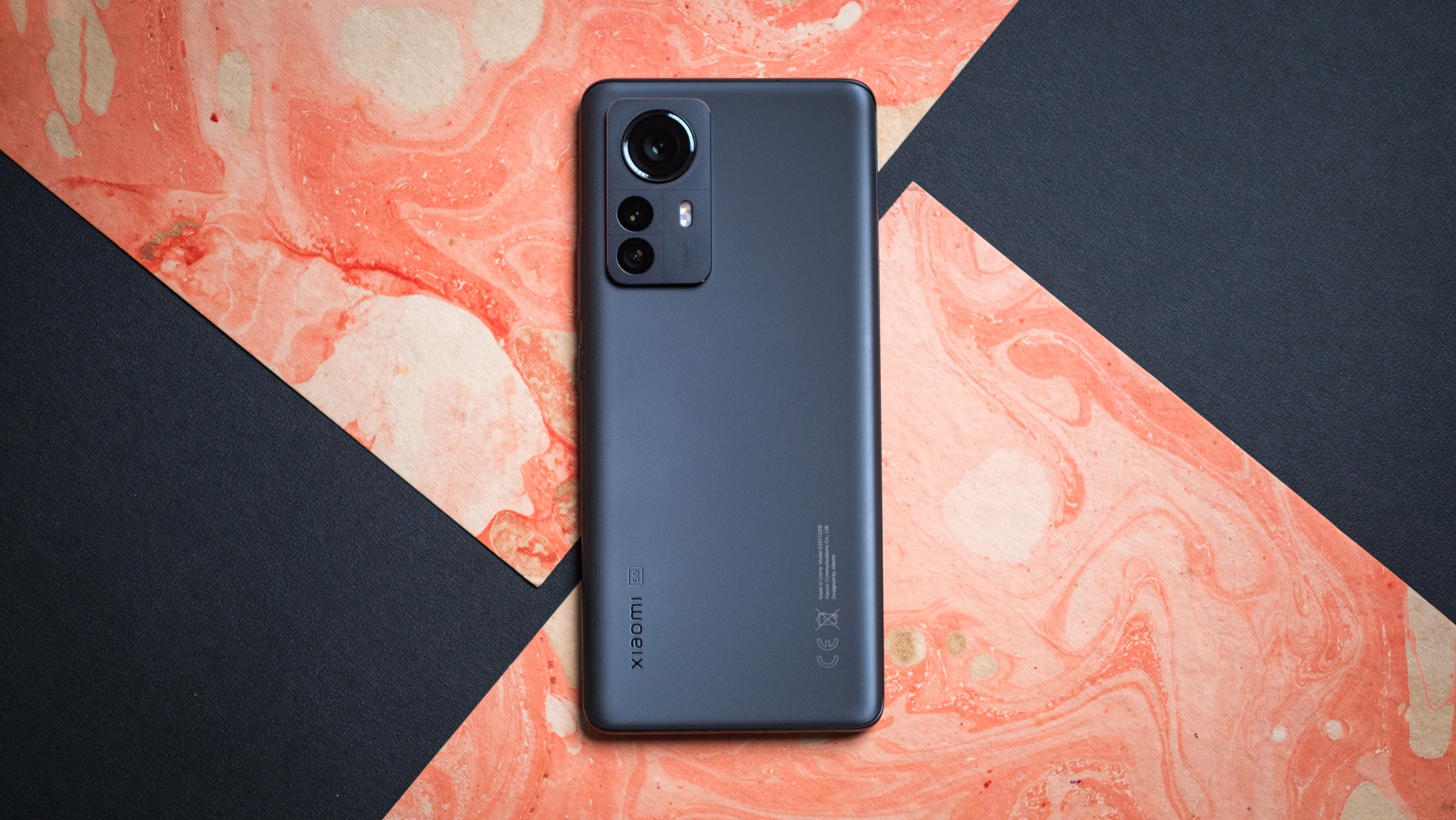Android Central Verdict
The Xiaomi 12 Pro delivers a bold design with top-notch internal hardware, a stunning 120Hz AMOLED screen with quad speakers, and 120W wired / 50W wireless charging. The trio of 50MP cameras on the back take fabulous photos in any scenario, and while there's no IP68 rating here, the Xiaomi 12 Pro wins in a lot of key areas.
Pros
- +
Sublime 120Hz QHD+ AMOLED screen
- +
Fantastic cameras
- +
Latest hardware
- +
120W wired / 50W wireless charging
- +
Android 12 out of the box
- +
Three platform updates
- +
Amazing quad speakers
Cons
- -
No IP68 dust and water resistance
- -
Slow software updates
- -
Limited global availability
Why you can trust Android Central
Xiaomi is now the world's third-largest phone manufacturer, and that's directly attributable to the brand's budget dominance. The Redmi Note series sold over 240 million units in just the last five years, but with increasing rivalry in this category from the likes of Realme, Xiaomi is focusing a little more on the mid-range and high-end tiers.
The shift started a few years ago with the introduction of the Mi 10 Pro; the device was the first from Xiaomi to feature a 108MP camera, and it was positioned against the S20 Ultra and other flagships. Xiaomi continued that momentum last year with the Mi 11 series, and the Mi 11 Ultra in particular was one of the best phones of the year.
For 2022, Xiaomi has taken the learnings from the last two years to deliver a flagship that can hold its own against the Galaxy S22+ and the Find X5 Pro. The result is the Xiaomi 12 Pro, and it brings a lot of enticing features, including three 50MP cameras on the back, 120W fast charging, and a bold new design. So let's see what you get with the Xiaomi 12 Pro, and whether you should pick it up in lieu of Samsung and OPPO's flagships.
Xiaomi 12 Pro: Price and global availability
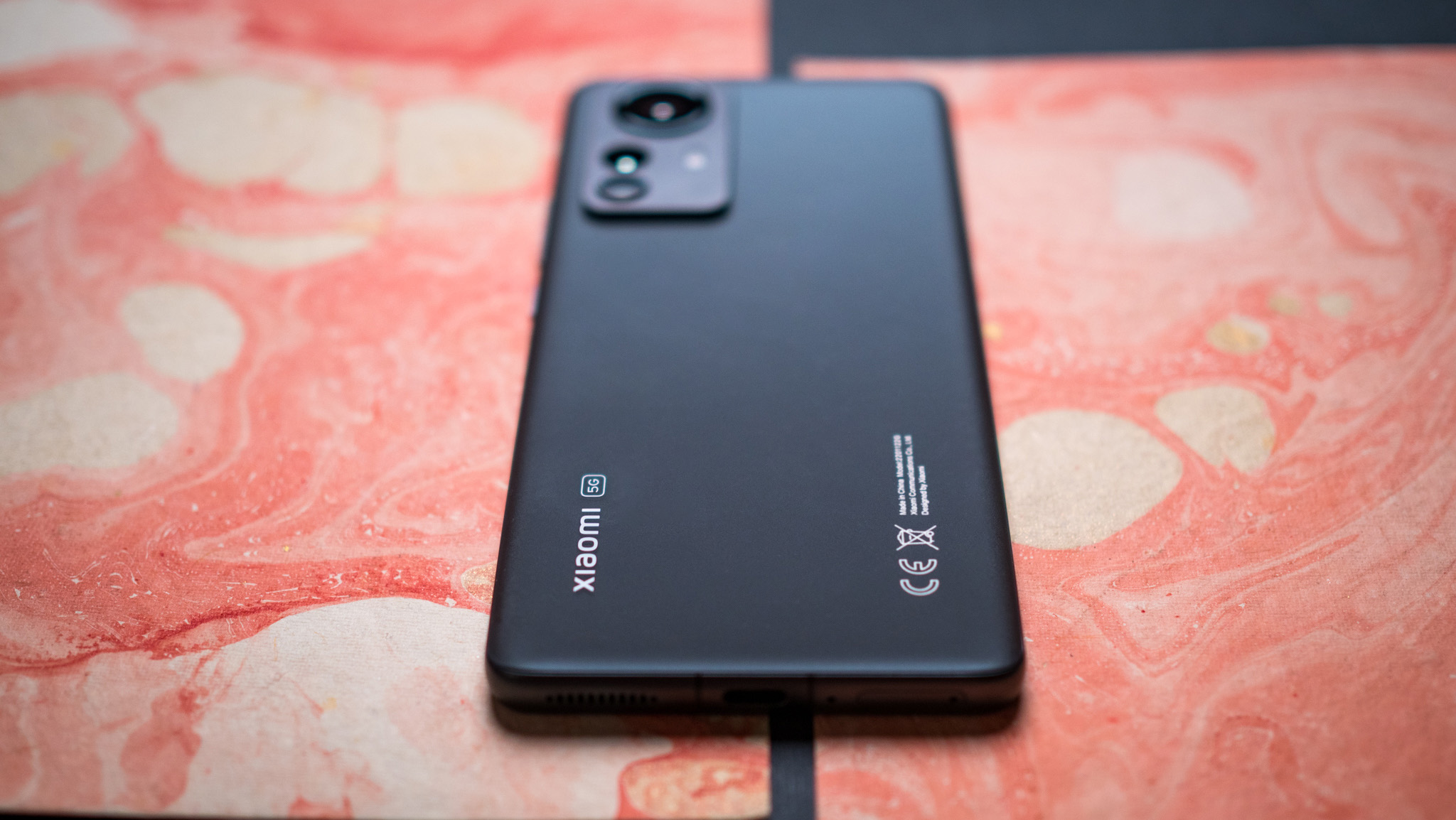
The Xiaomi 12 Pro was unveiled at the end of December 2021 in China, and Xiaomi launched the device in global markets on March 15. The Xiaomi 12 Pro is joined by the Xiaomi 12 and 12X, with all three devices available globally at the end of March. Xiaomi is bringing the devices to select markets in Europe, Middle East, Southeast Asia, Africa, and Latin America.
Xiaomi is selling the Xiaomi 12 Pro in two variants: the base model has 8GB of RAM and 256GB of storage, and there's also a 12GB/256GB option. There's no way to increase storage beyond 256GB though, so if you want more room, you'll need to use an external drive. The Xiaomi 12 Pro starts off at $999.
The Xiaomi 12 is sold in three configurations: 8GB/128GB, 8GB/256GB, and 12GB/256GB. The base model starts off at $749.
The Xiaomi 12X retains most of the same features as the Xiaomi 12 with a few changes, and is available in 8GB/128GB and 8GB/256GB models, with the base version starting at $649.
Like the 11T and Redmi Note 11 series, Xiaomi is incentivizing the launch by giving away three months of YouTube Premium to customers picking up any of the devices in the Xiaomi 12 series. The caveat is that it is valid to new users only, so if you've already used YouTube Premium in the past, you won't be able to take advantage of the offer.
Xiaomi 12 Pro: Design
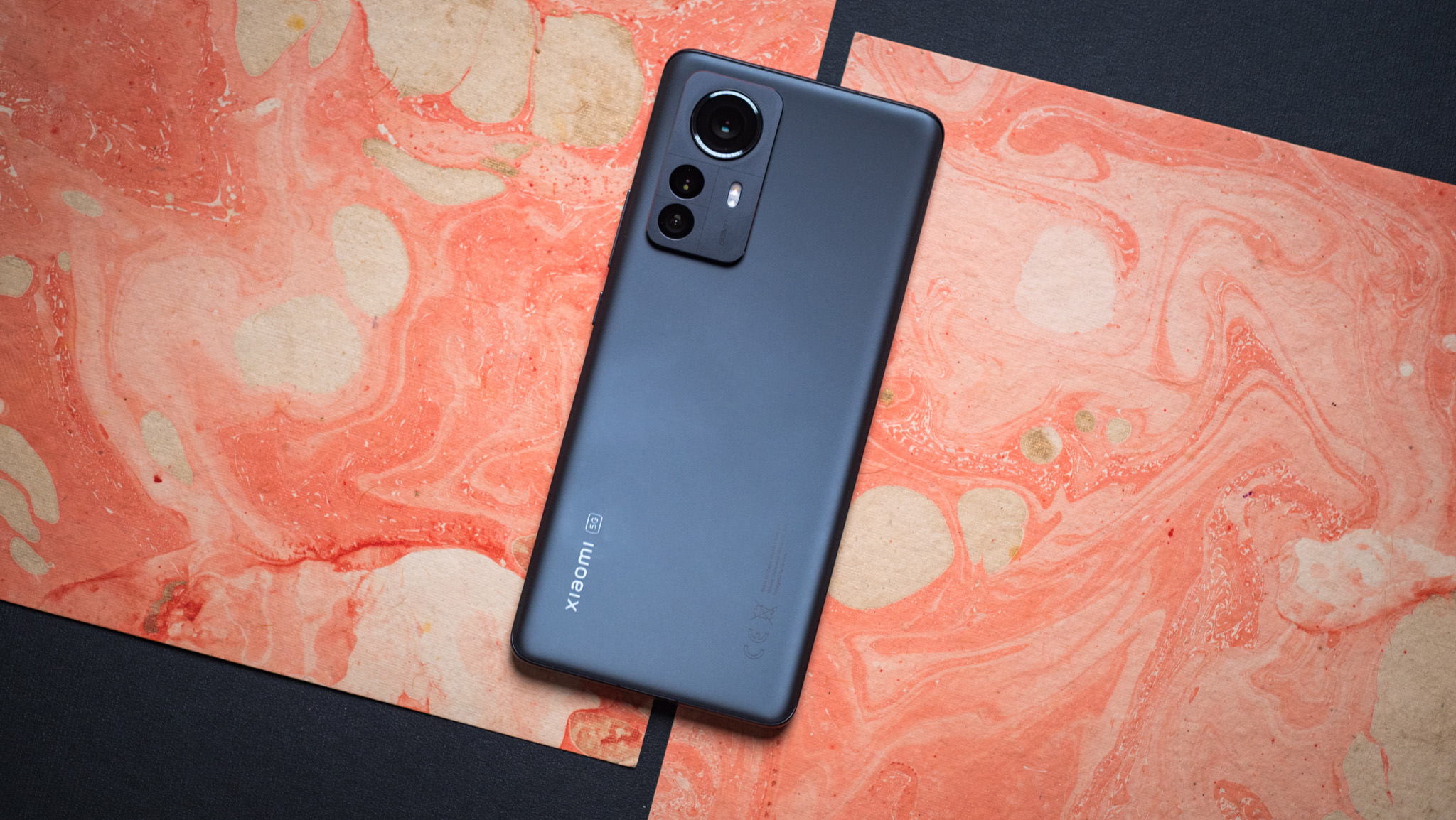
Look at Samsung and OnePlus flagships over the last three years, and you'll see a consistent design aesthetic. Xiaomi, not so much; the brand likes to experiment with the design, and as such we get wildly varying phones with each new generation.
Last year's Mi 11 series had an iridescent design with a modern camera housing that was clean and minimalist, and with the Xiaomi 12 Pro, the brand is going with a flamboyant design.
The Xiaomi 12 Pro has a bold design that stands out, and it has a great in-hand feel.
The big change this year has to do with the camera housing on the back; the primary lens is prominently highlighted in a gigantic ring, with Xiaomi eschewing the symmetric design from last year. The design sees the wide-angle and telephoto lenses squished together at the bottom, and although the 12 Pro has three 50MP cameras with the same sensor, you wouldn't know that by looking at the phone.
That said, the bold design allows the Xiaomi 12 Pro to stand out, and while the grey version I'm using has an understated look to it, the phone is also sold in blue and purple colors, and they have a lot more flair.
The downside to having a large rectangular housing stick out from the back is that the phone wobbles quite a bit when it's on a flat surface.
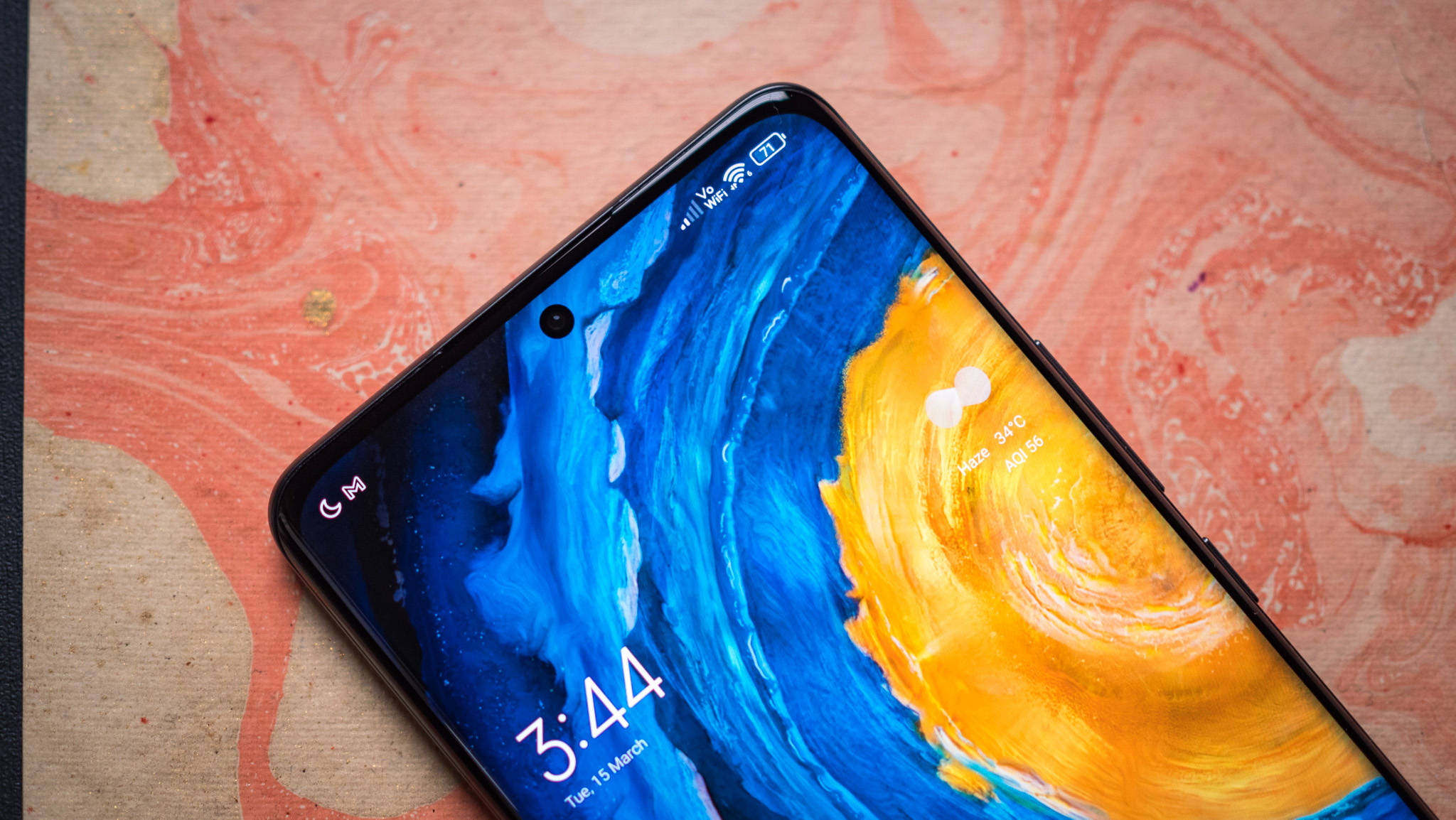
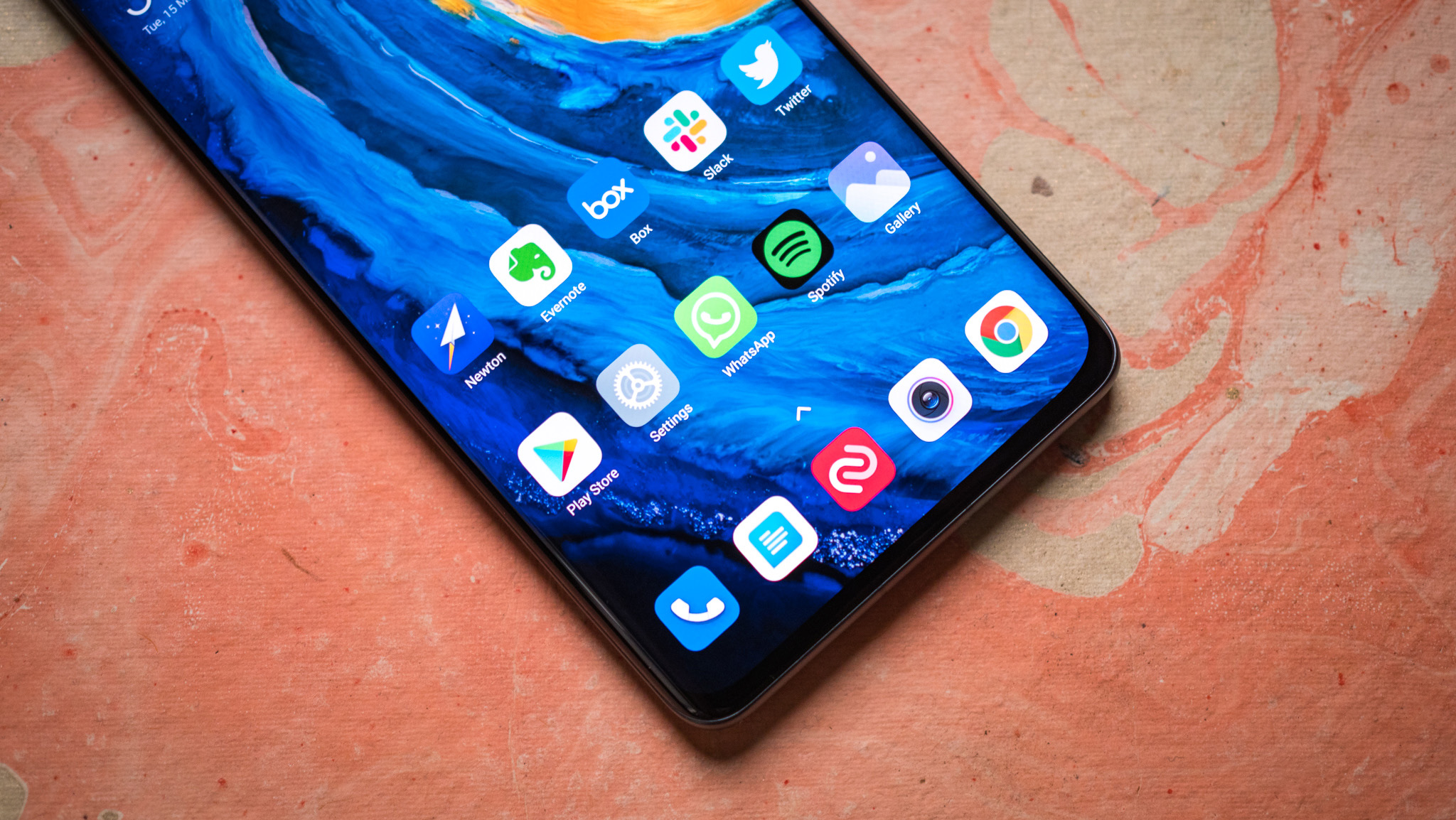
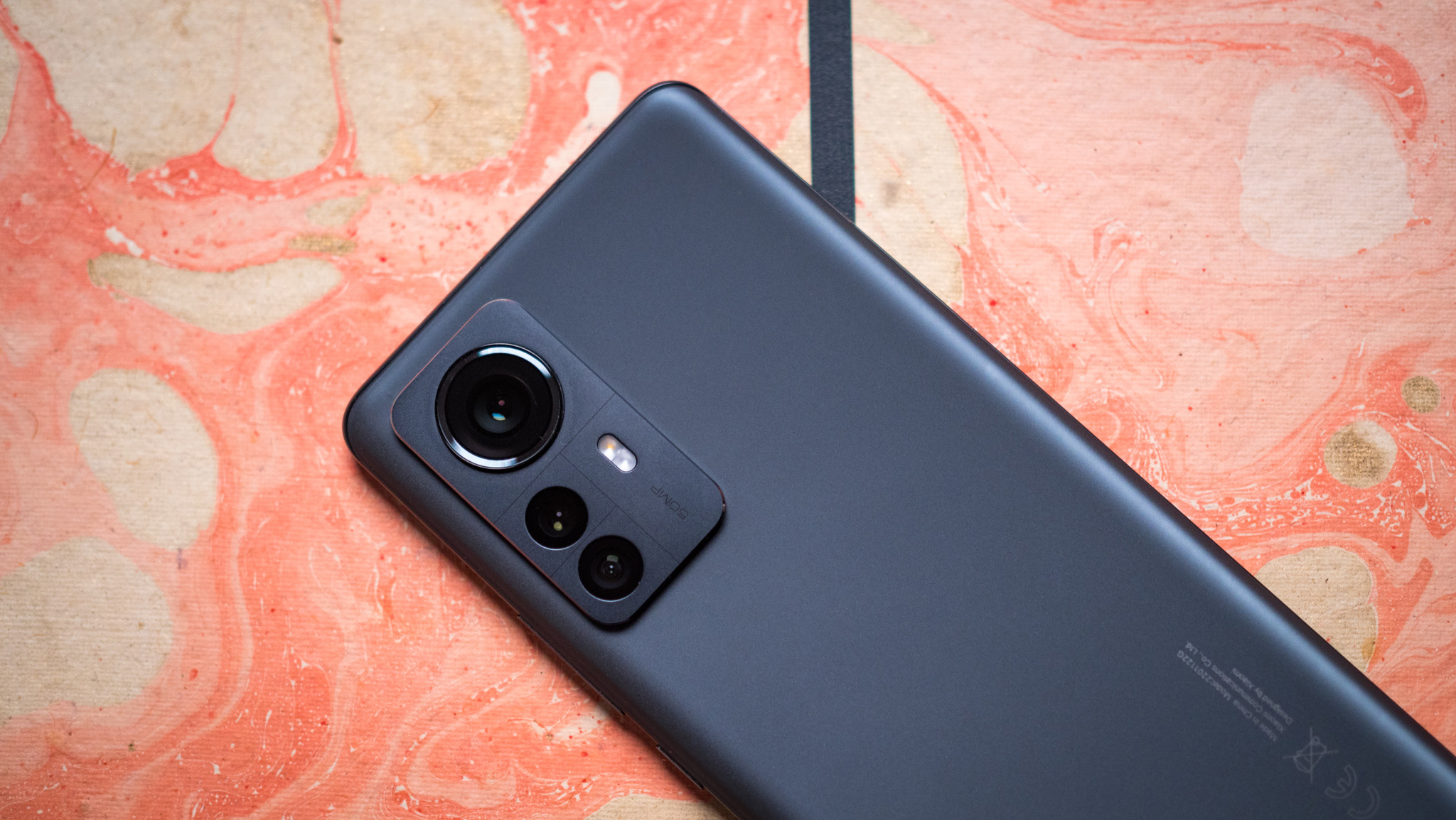
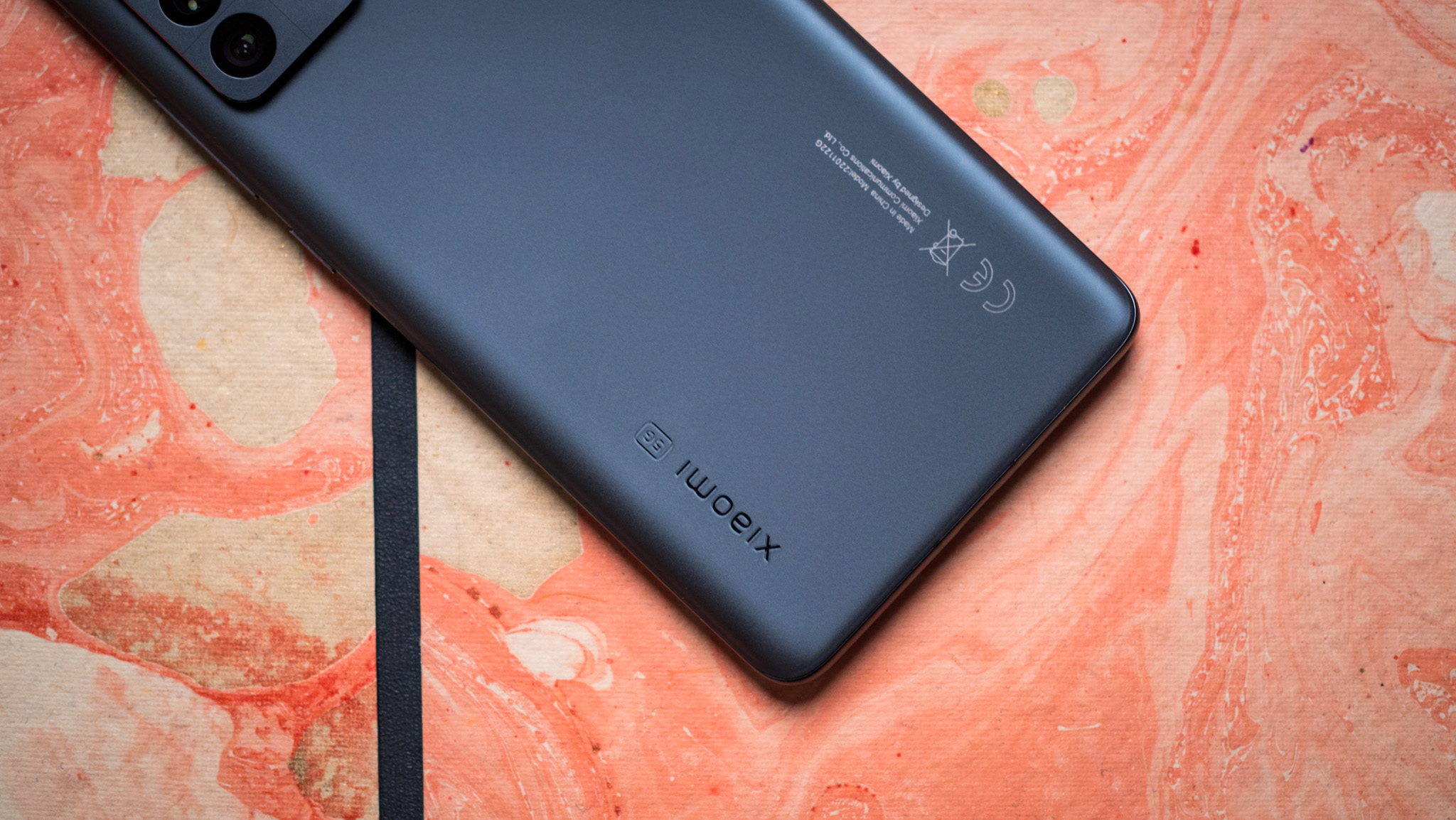
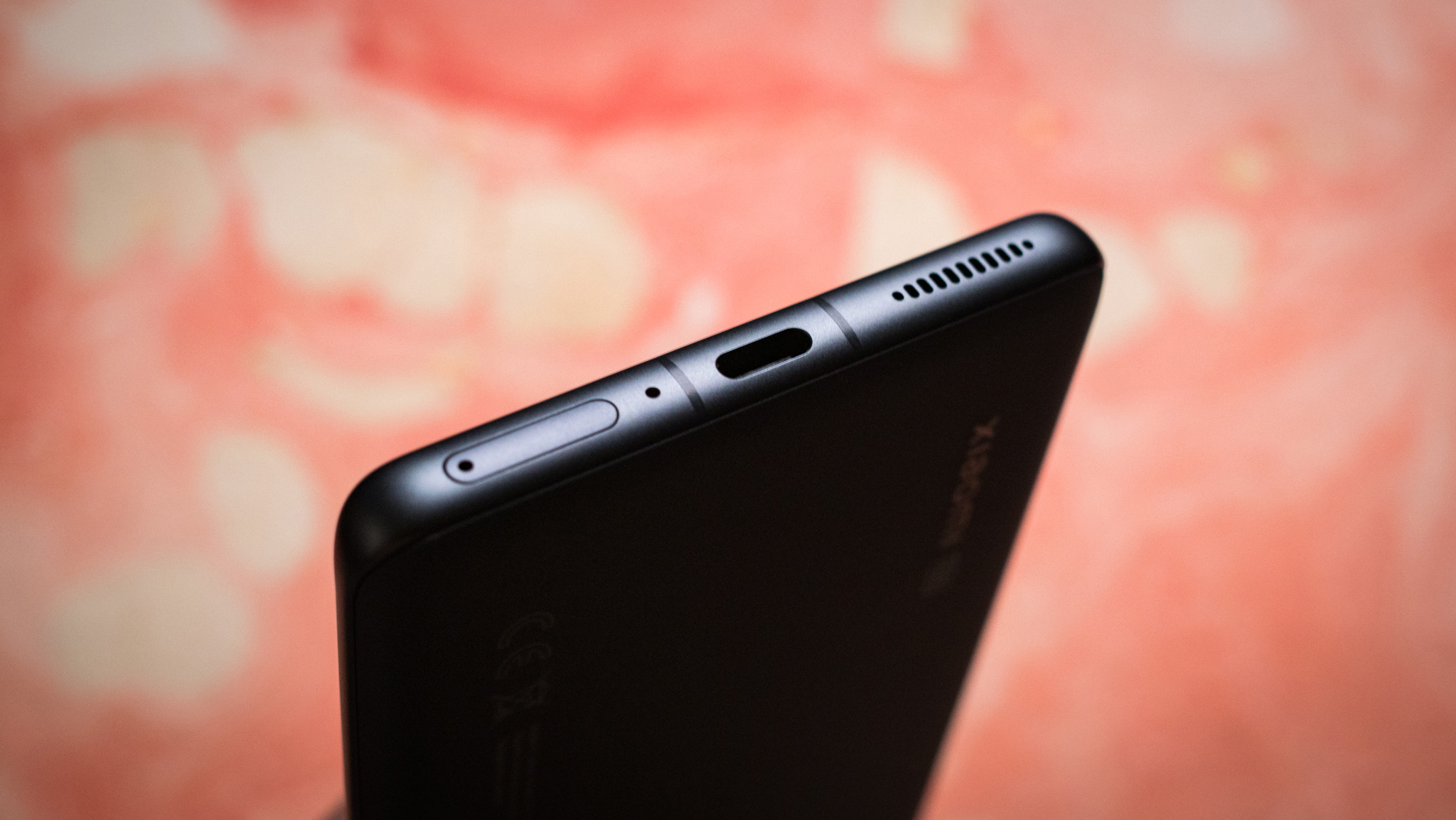
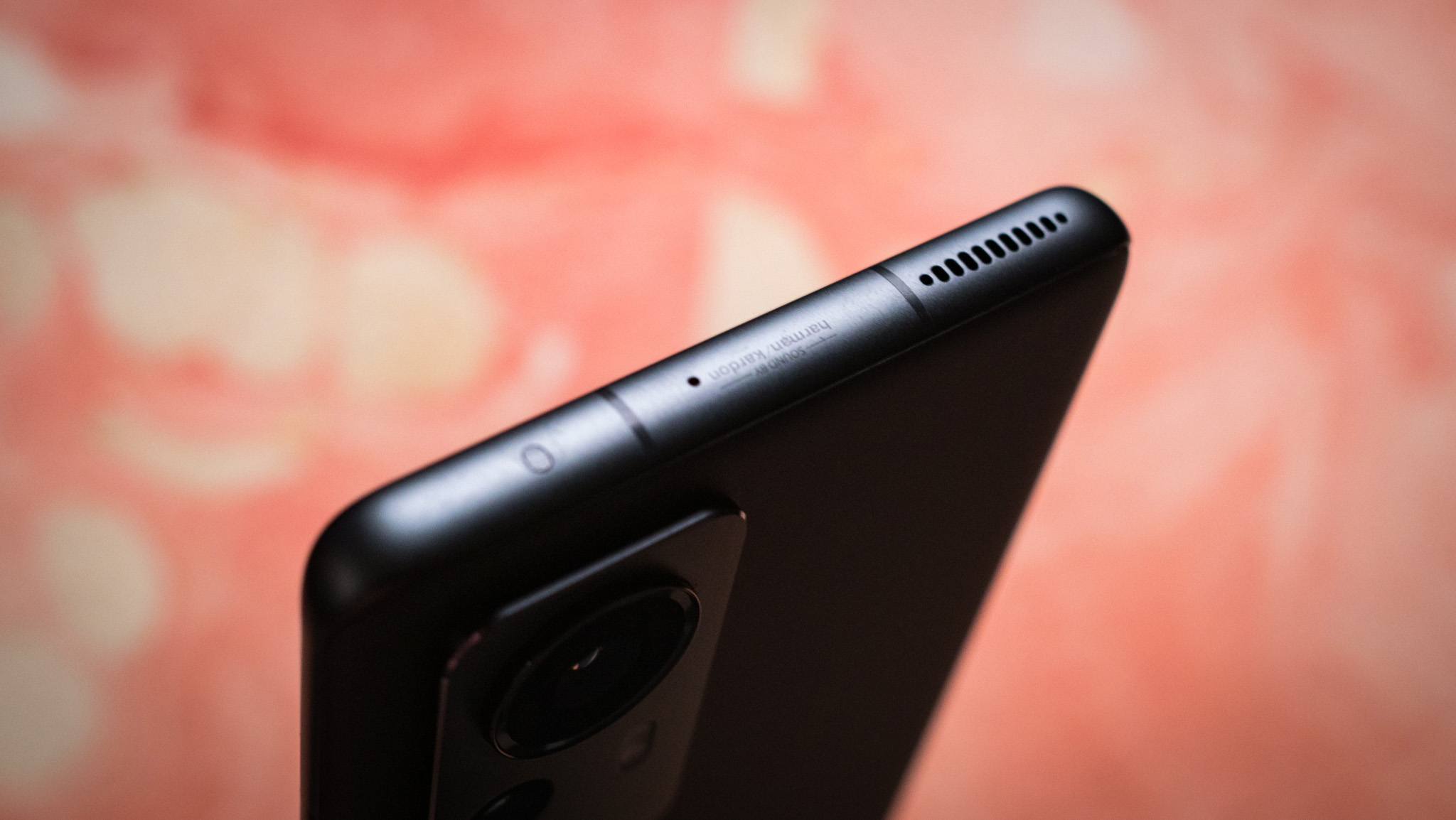
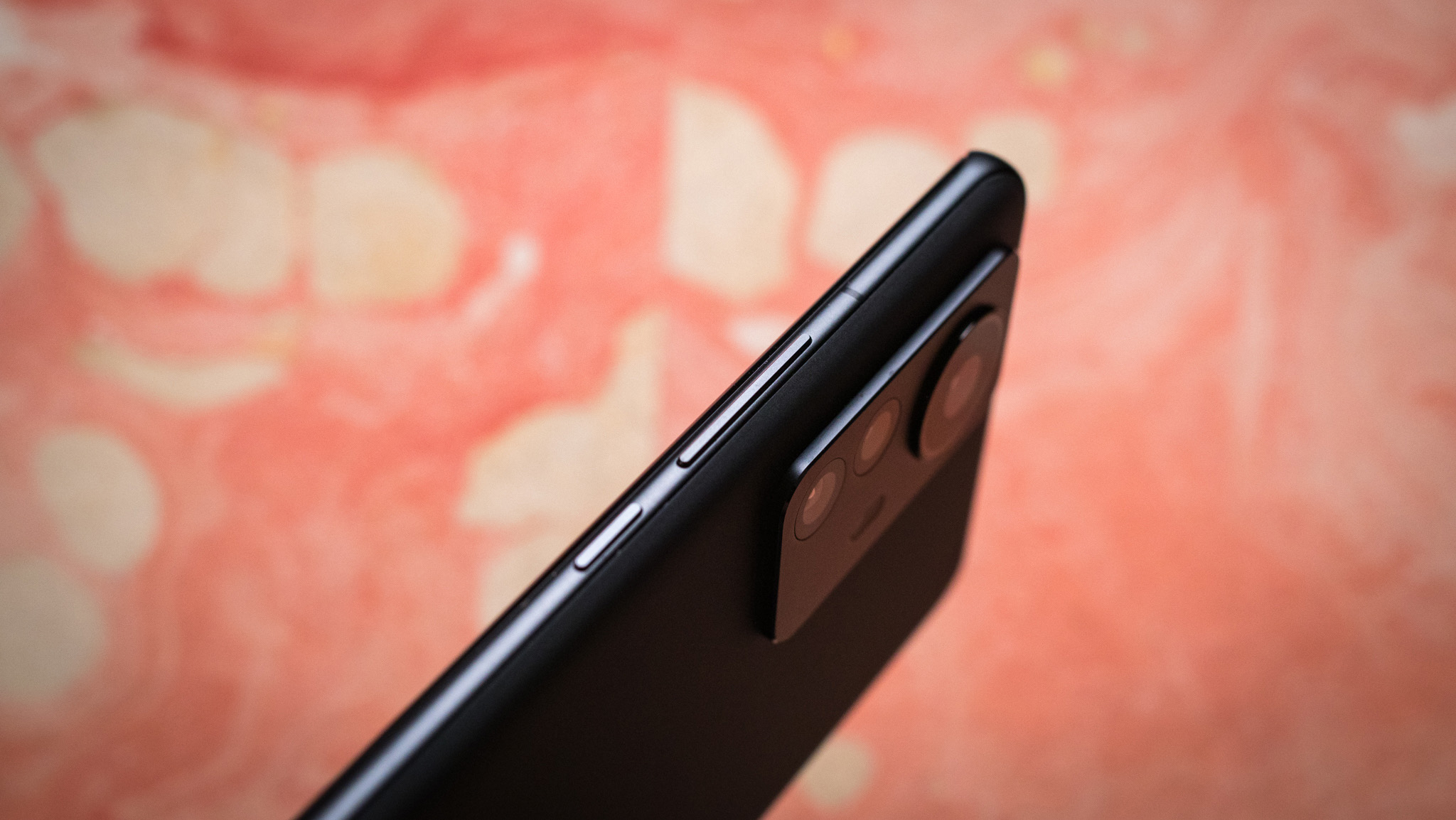
Other than the camera island, you'll find the Xiaomi logo on the back along with obligatory 5G branding, and the global verison I'm using has a lot of regulatory text — though not as much as the Find X5 Pro. The back itself is coated in a matte texture that feels delightful to hold. It does a great job at preventing smudges and the curved sides along with the matte finish means you get a good in-hand feel.
The phone has a dual SIM card tray, quad speakers with identical channels, and an IR blaster. You'll find the power and volume buttons on the right, and while the device is tall and narrow, it has good weight distribution — it doesn't feel like a phone that weighs 204g, or 9g more than the Galaxy S22+.
Xiaomi 12 Pro: Screen
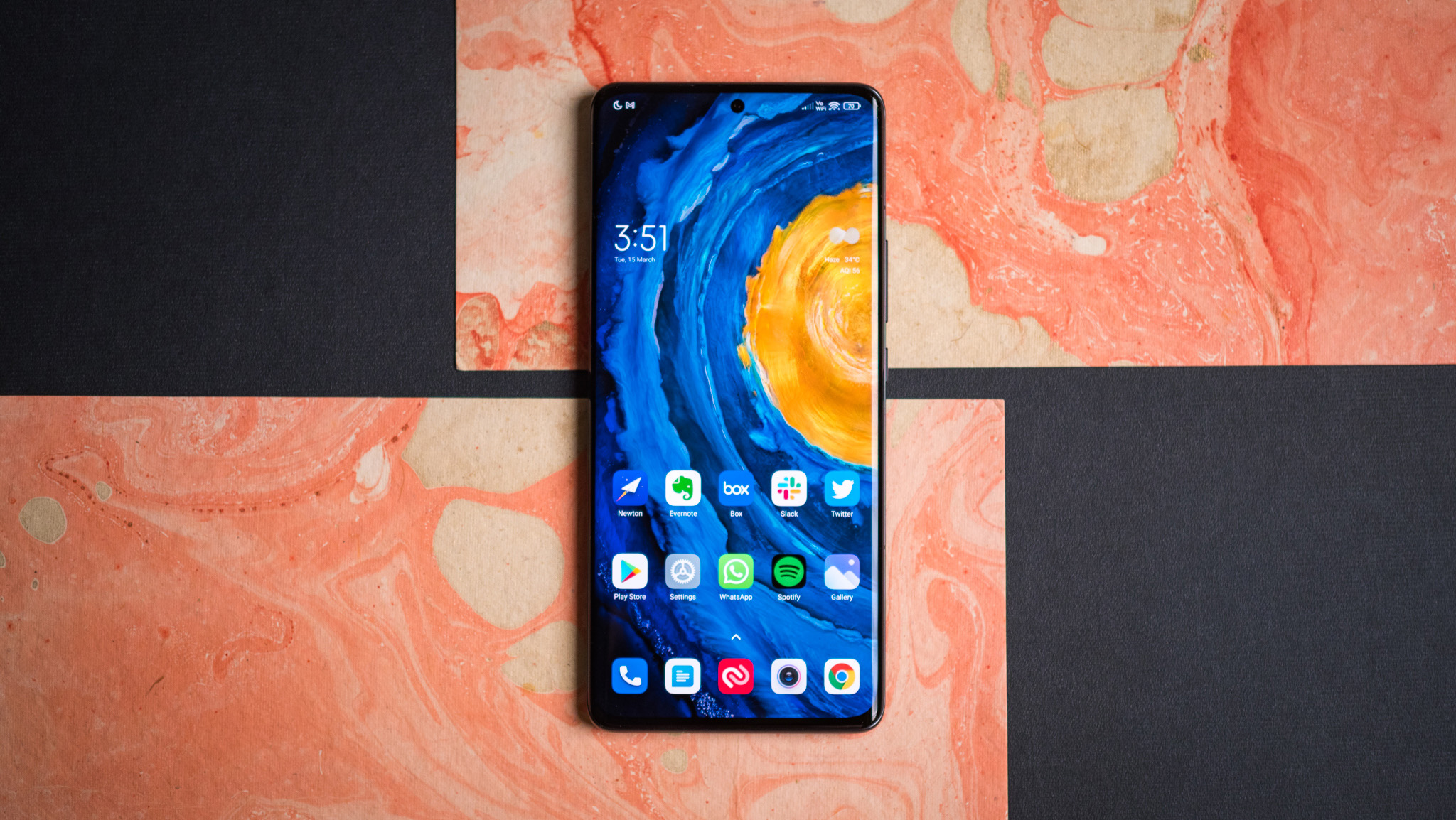
Xiaomi went all-in on QHD+ panels last year with the Mi 11 and Mi 11 Ultra, and it has continued that trend for 2022. The Xiaomi 12 Pro has a 6.73-inch QHD+ (3200 x 1440) 120Hz AMOLED screen with HDR10+, Dolby Vision, and a max brightness of up to 1,500 nits. The screen has a Gorilla Glass Victus layer.
This time around, Xiaomi is using LTPO 2.0 tech for the panel, allowing the screen to dynamically scale from 120Hz all the way down to 1Hz based on the content. There's plenty of customizability on offer; you can pick from three color modes — Vivid, Standard, and Original color — and there's also the ability to switch to DCI-P3 or the sRGB color gamut. If you need manual control, you can tweak the color balance to your preferences.
This is the best screen of any Xiaomi phone to date — it holds its own against the S22 Ultra.
There's also a schedulable dark mode, and like the Find X5 Pro, the Xiaomi 12 Pro has a suite of AI-assisted features for upscaling videos and images. You get motion smoothing, a reading mode, font and text scaling, and an always-on mode that is quite good. It comes with the ability to set a schedule, and while you get 26 clock styles to choose from, you can't draw your own patterns à la ColorOS 12.
The default screen resolution is FHD+, but you can go into the settings to switch to the QHD+ mode — doing so will give you a little more real estate for text. The refresh rate is also set to auto out of the box, and in this mode, it switches between 60Hz, 90Hz, and 120Hz based on what's playing on the screen. You'll need to manually toggle 90Hz or 120Hz to unlock the full potential of the panel.

Another standout feature is the quad speakers; the Xiaomi 12 Pro has two tweeters alongside two woofers, with one of each located at the top and bottom. In short, Xiaomi has delivered the best-sounding speakers I've heard on a phone. The sound gets loud and detailed, and it is a lot of fun to play games on the phone.
The vibrancy of the AMOLED screen combined with the quad speakers makes the Xiaomi 12 Pro a powerhouse for gaming and streaming videos. The phone isn't unwieldy to hold and use, and Xiaomi has nailed the color calibration of the screen. Switching between the S22 Ultra, Find X5 Pro, and Xiaomi 12 Pro, I honestly can't make up my mind about which phone has the best screen — let's call it a draw.
Xiaomi 12 Pro: Hardware
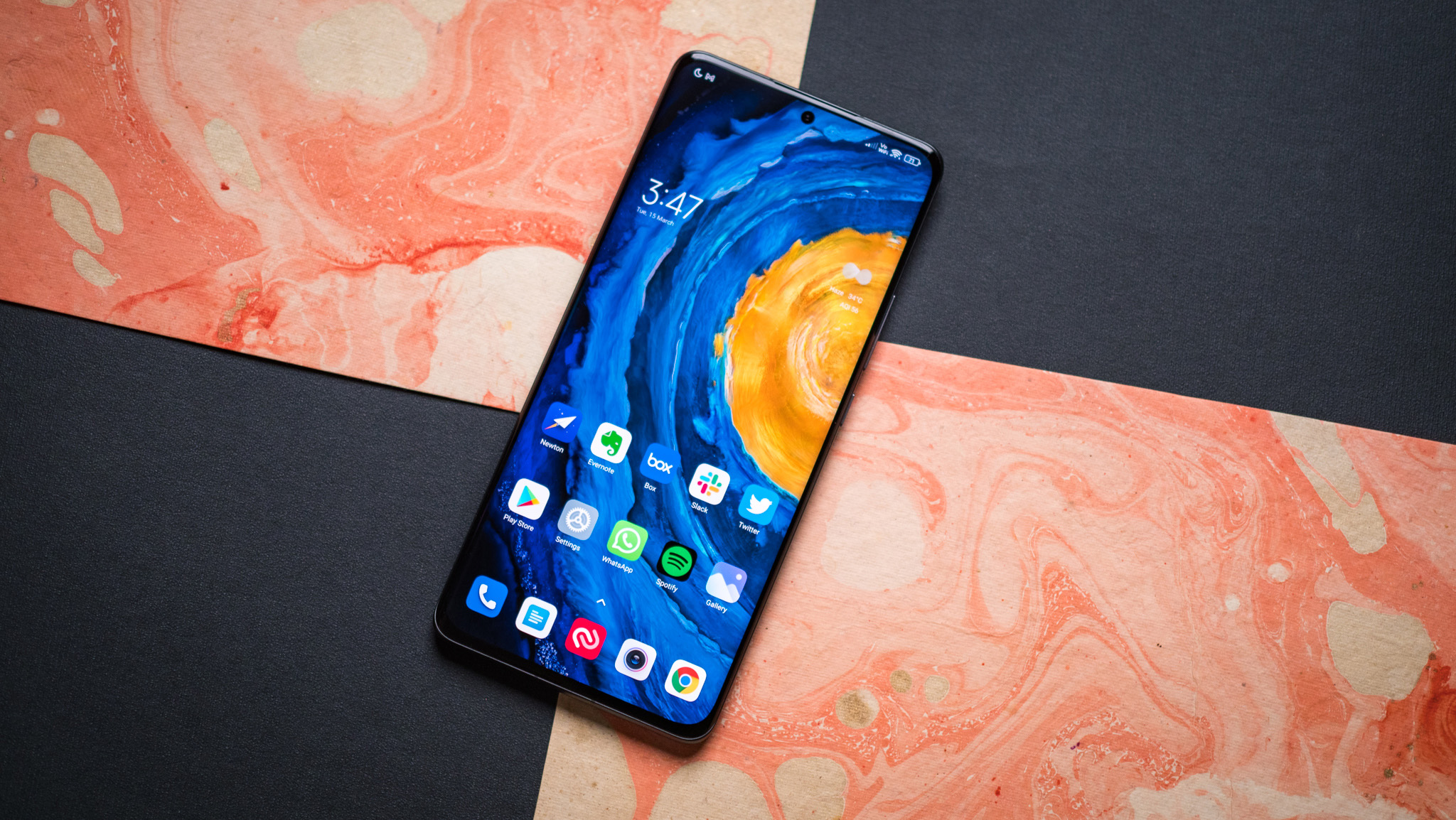
Like other 2022 flagships, the Xiaomi 12 Pro is powered by the latest Snapdragon 8 Gen 1. The chipset handles anything you throw at it with ease, and I didn't run into any issues in the 10 days I used the phone.
I'm not going to focus on Geekbench and other synthetic scores as they don't really matter — what makes more of a difference is how well the UI is optimized for the hardware, and Xiaomi did a decent job on that front. I switched to QHD+ at 120Hz after setting up the phone, and I didn't see any lag or slowdown while navigating the UI, gaming, or general day-to-day browsing in Chrome.
The Xiaomi 12 Pro has powerful hardware, but it misses out on IP68 protection.
The phone comes with 8GB of LPDDR5 RAM and 256GB of UFS 3.1 storage on the base model, and while it's great to see Xiaomi offer 256GB as standard, there's no 512GB option available here; the only other alternative is a 12GB/256GB variant.
Considering 8GB of RAM is more than adequate in 2022 — that's one of the reasons why Samsung went with 8GB of memory on this year's S22 Ultra — I don't see the point of Xiaomi offering the 12GB model in lieu of a 512GB storage model. Given the choice, most customers would choose more storage over memory, but it is what it is. We'll have to wait and see if Xiaomi comes out with a 512GB edition, but for now, you're limited to 256GB.
As for connectivity, the Xiaomi 12 Pro includes Wi-Fi 6E, Bluetooth 5.2, and global 5G bands: n1/n3/n5/n7/n8/n20/n28/n38/ n40/n41/n66/n77/n78/n79. The phone has the same x-axis vibration motor as last year, and it delivers good feedback in daily use. That said, it isn't quite as detailed as the motor on the Find X5 Pro.

Xiaomi is stingy when it comes to including NFC on its budget phones, but that thankfully isn't the case here. Frustratingly, the brand has managed to cut corners elsewhere — the Xiaomi 12 Pro doesn't have IP68 dust and water resistance. It has the distinction of being the only flagship phone other than the iQOO 9 Pro that misses out on this feature.
Chinese brands haven't paid much attention to waterproofing their phones, but that changed over the last 18 months as OPPO, Xiaomi, and Vivo started adding ingress protection to their flagships.
That's what makes this situation so annoying; Xiaomi offered IP68 protection on the Mi 11 Ultra, and its budget phones like the Redmi Note 11 Pro get an IP53 rating, so for the Xiaomi 12 Pro to not have water resistance feels like an oversight. For what it's worth, Xiaomi says that the 12 Pro is "protected from limited dust ingress and water spray," but for a device that costs over $1,000 to not have a table-stakes feature is a letdown.
You are getting hardware on par with the S22 Ultra and Find X5 Pro here, with the only downside being the lack of IP68 ingress protection. Small omissions have the potential to derail a phone's success in such a tightly contested category, and the lack of an IP rating puts the Xiaomi 12 Pro at a disadvantage.
Xiaomi 12 Pro: Battery
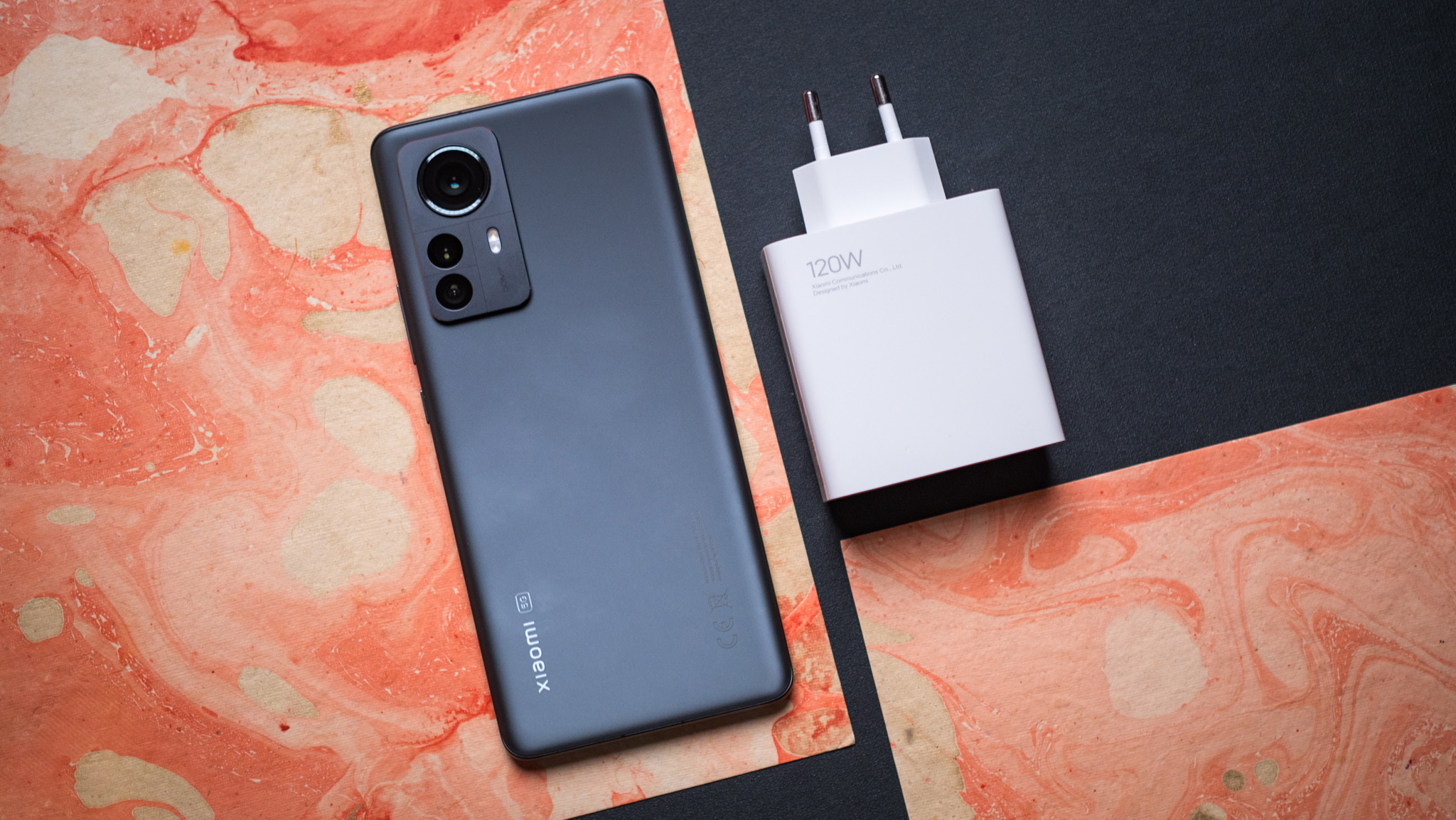
Xiaomi introduced its 120W HyperCharge charging tech last year on the 11T Pro, and it made its way to the Xiaomi 11i a few months ago. The Xiaomi 12 Pro is the first flagship to get the 120W tech, and you'll be glad to know that Xiaomi bundles a 120W charger in the box.
The bundled charger takes just under 20 minutes to fully charge the 4600mAh battery. Like other fast charging solutions, Xiaomi went with a dual-cell design that sees two 2300mAh batteries that charge simultaneously at up to 60W, leading to that 120W figure.
This may just be the fastest-charging flagship of 2022 — a full charge takes under 20 minutes.
That said, 120W charge is disabled out of the box, and you'll need to go into the settings to enable the feature — it's called Boost charging. Xiaomi does this to ensure the device doesn't overheat when the phone is charging at 120W, and even with the feature disabled the phone will go up to 100W.
What's particularly cool about the 120W tech is that the phone goes from flat to over 50% in under 10 minutes, and that makes more of a difference in day-to-day use than a full charge in 20 minutes. To ensure power delivery is consistent, Xiaomi is using its in-house Surge P1 chip to maximize charging efficiency.
Xiaomi uses an optimized charging system that charges the phone slowly if left plugged in overnight. It takes a few days to analyze your usage patterns and figure out the optimal charging schedule. This is done to increase battery longevity, so if you like plugging your phone overnight, you don't have to worry about battery longevity being affected by 120W charging.
That's just the wired charging side of things; the Xiaomi 12 Pro also gets 50W wireless charging and 10W reverse wireless charging. As for the battery life itself, the Xiaomi 12 Pro managed to last all day without any issues, but with heavy use, you'll have to plug it in before the day's out.
Xiaomi 12 Pro: Cameras
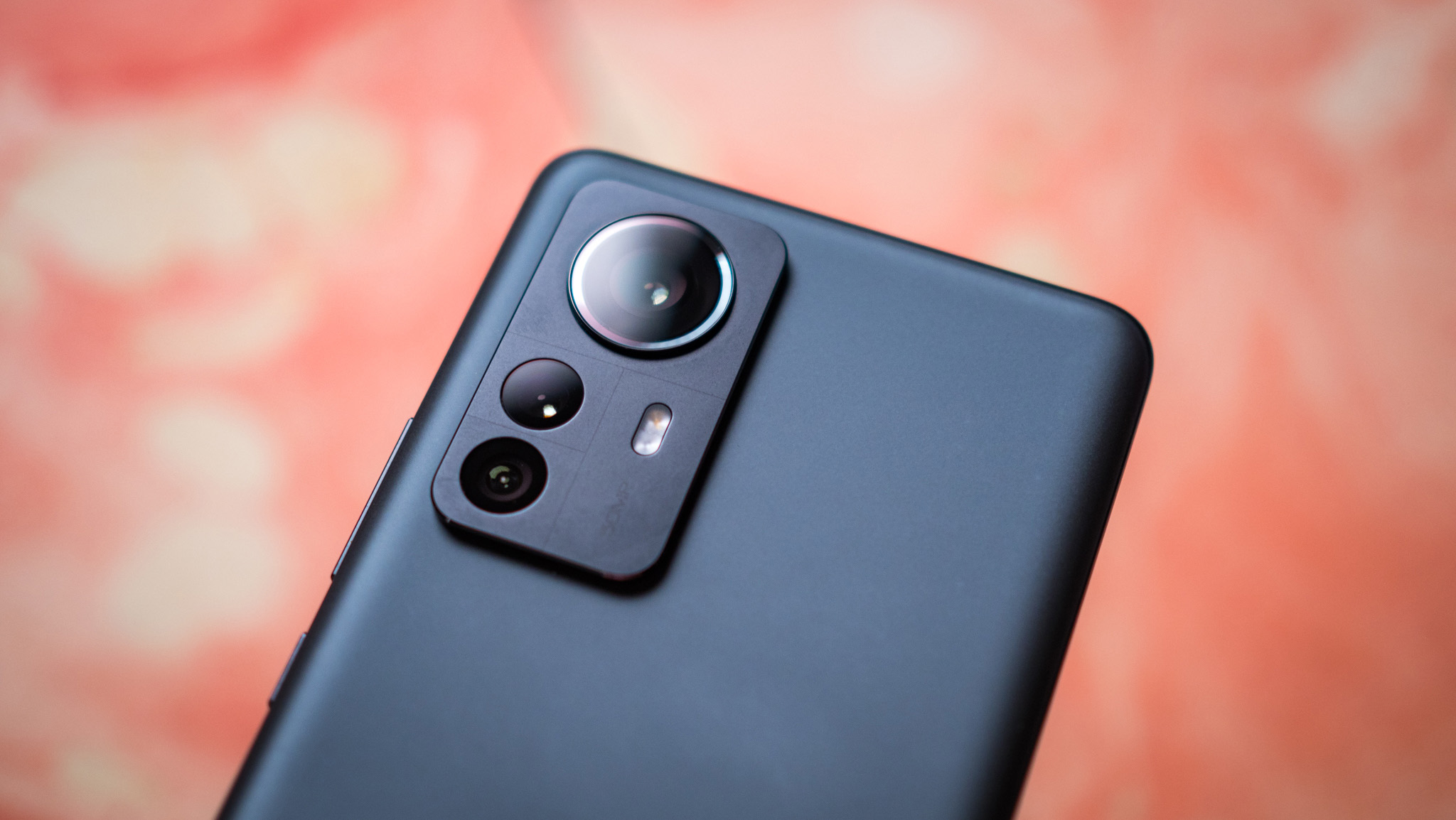
The Xiaomi 12 Pro is unique in that it has three 50MP cameras, with all three lenses featuring the same Sony IMX707 modules. You get a 50MP f/1.9 primary lens with 1.22um pixels and OIS, and that's joined by a 50MP f/2.2 wide-angle with a 110-degree field of view and a 50MP f/1.9 zoom lens with 2x optical zoom.
Xiaomi outdid itself this year — the 12 Pro has magnificent cameras.
There's also 8K video recording, but that mode still feels like a gimmick. What you'll actually end up using more is 4K at 60fps, and you now have the ability to shoot HDR videos — although it's locked to 30fps.
The camera interface hasn't changed all that much, with the shooting modes laid out in a ribbon and toggles for the flash, HDR, and beautify filters. There's also a Pro mode that gives you more control over your photos.
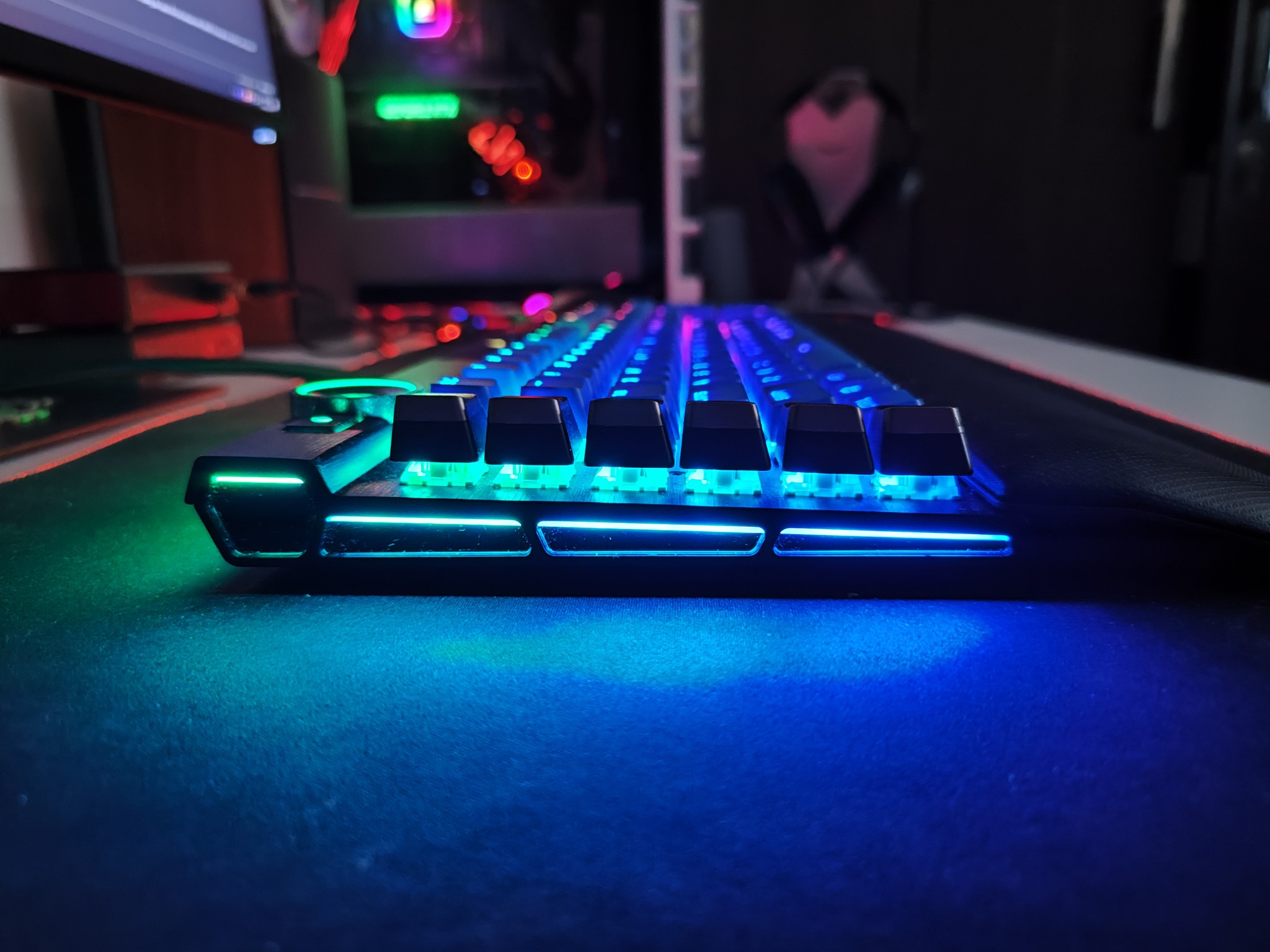
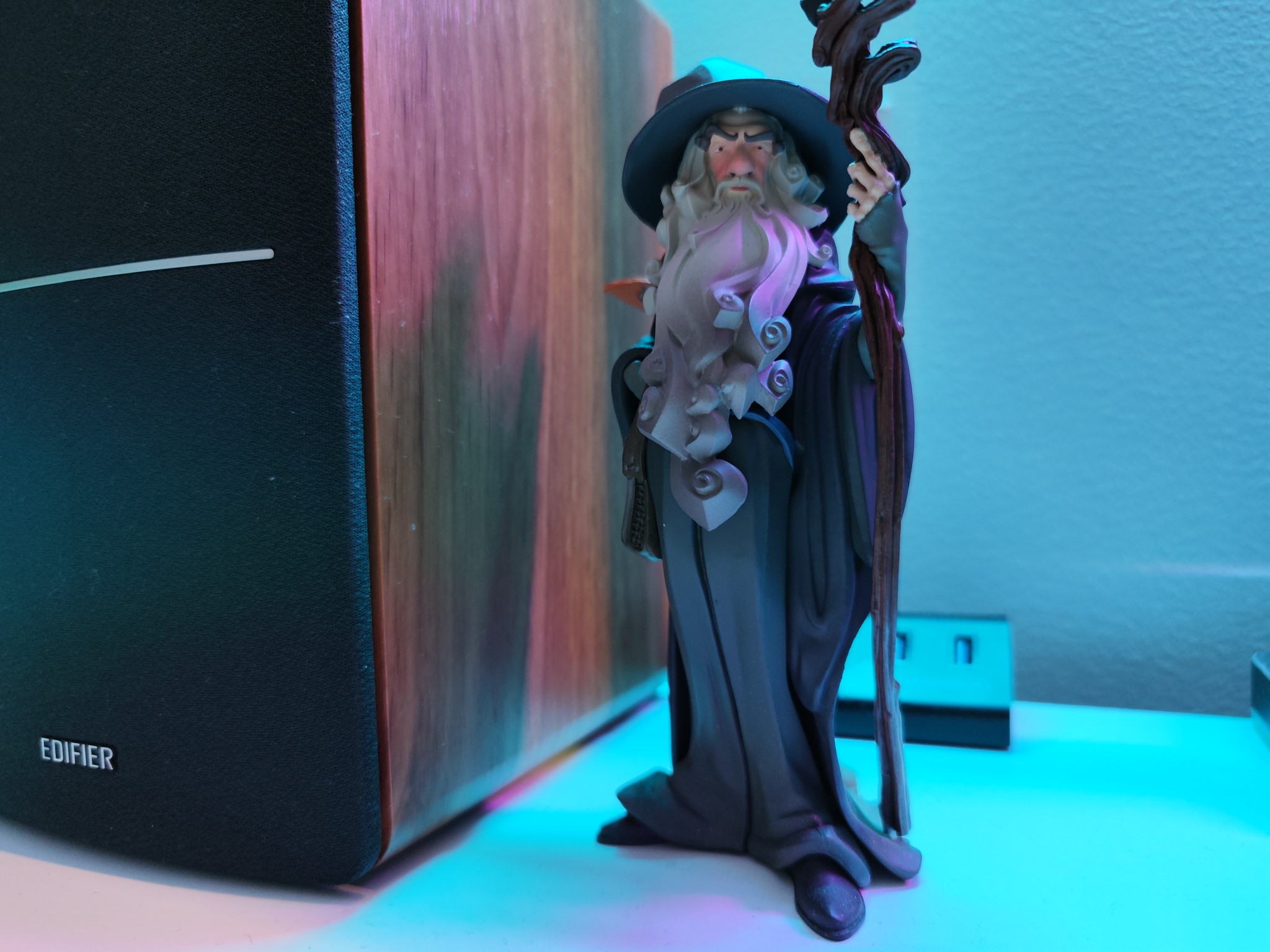
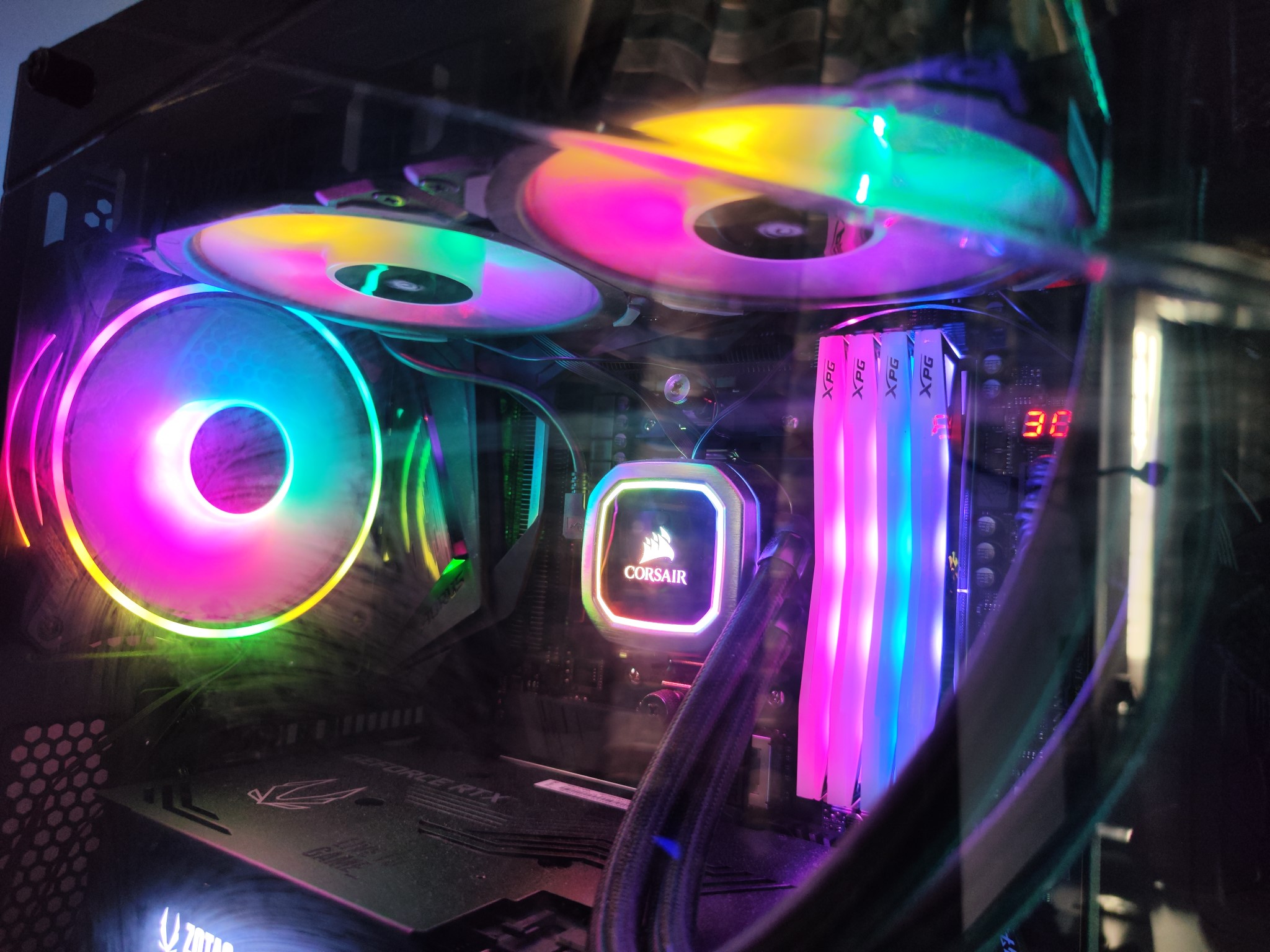
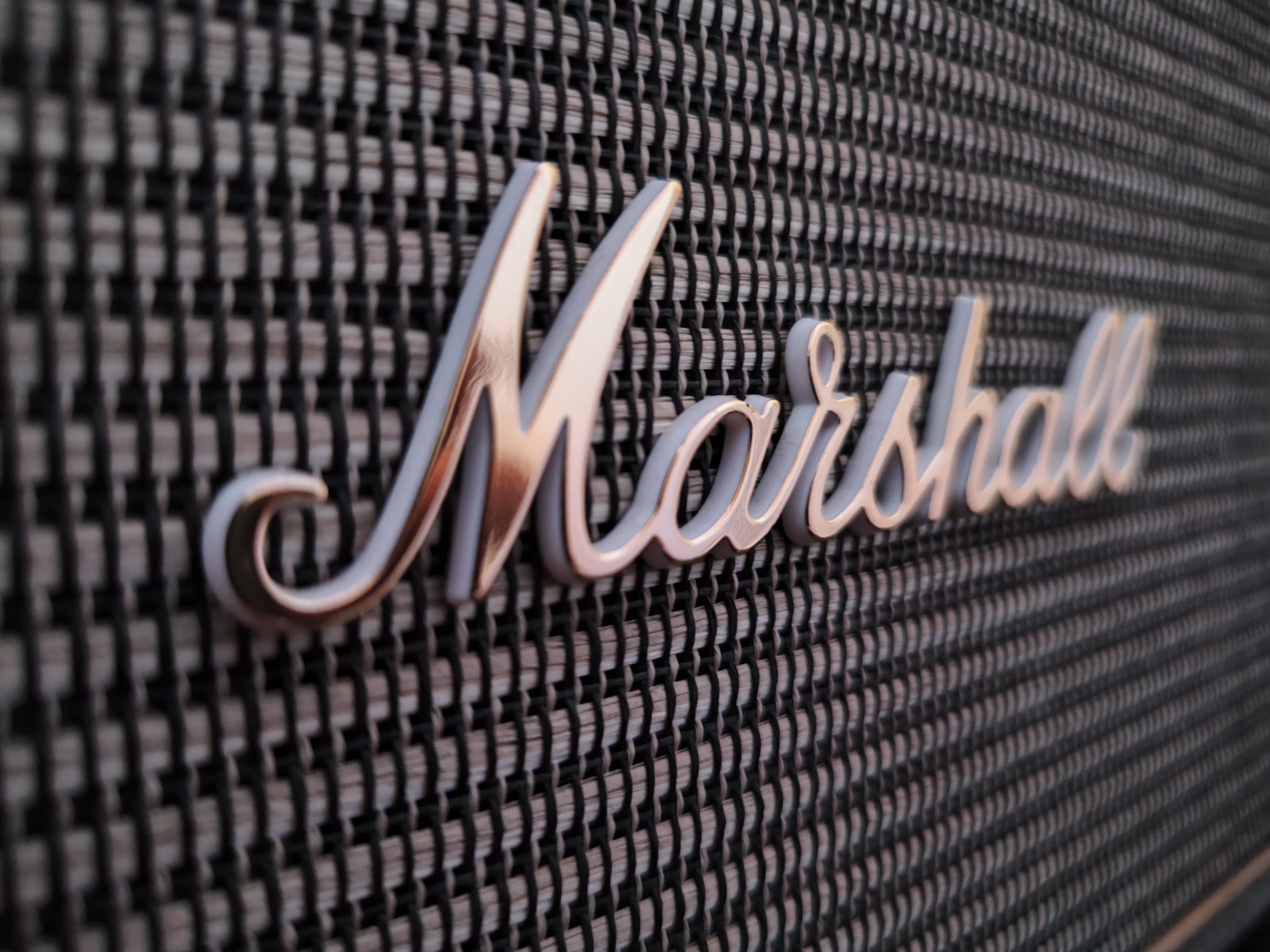

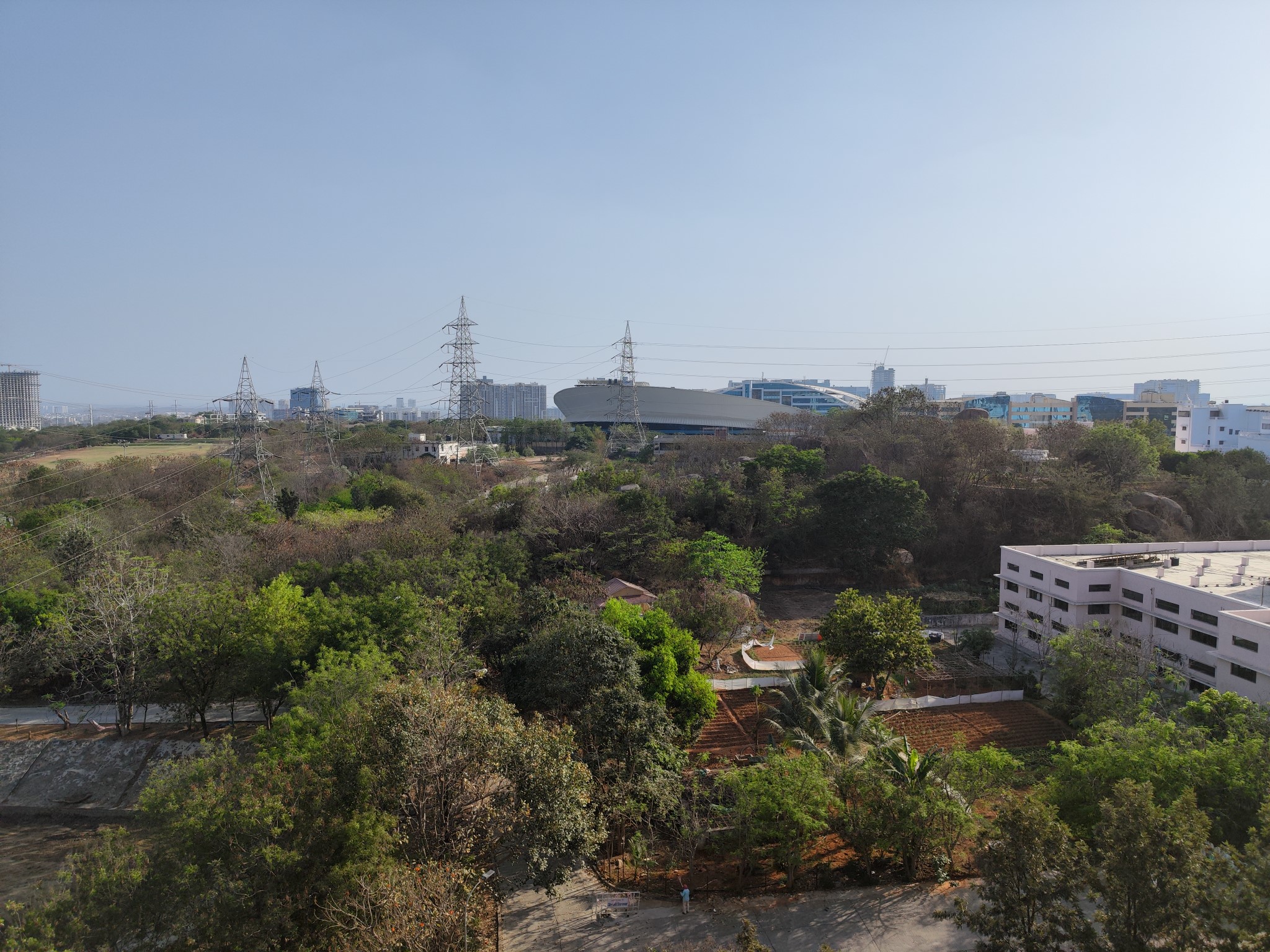
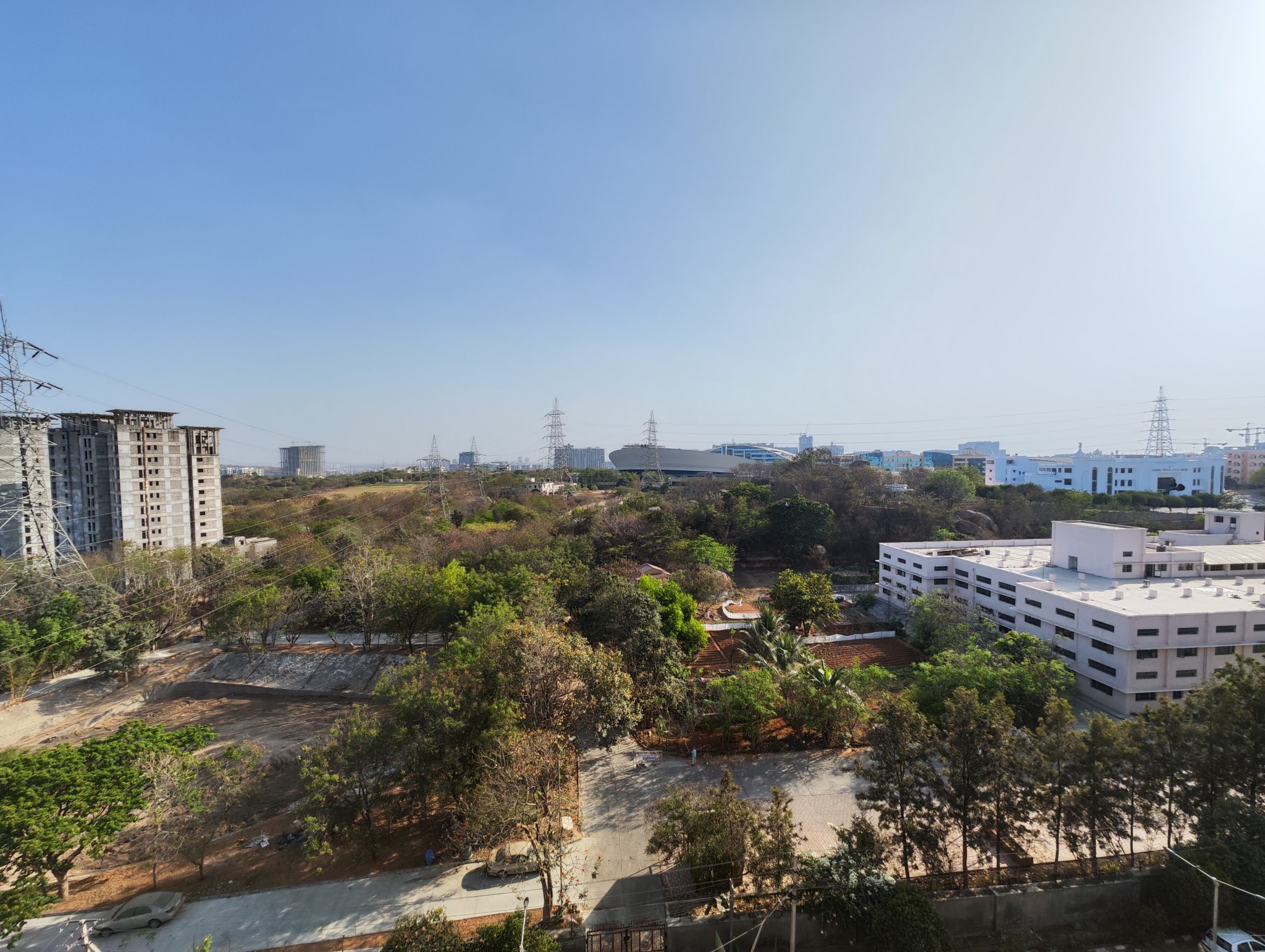
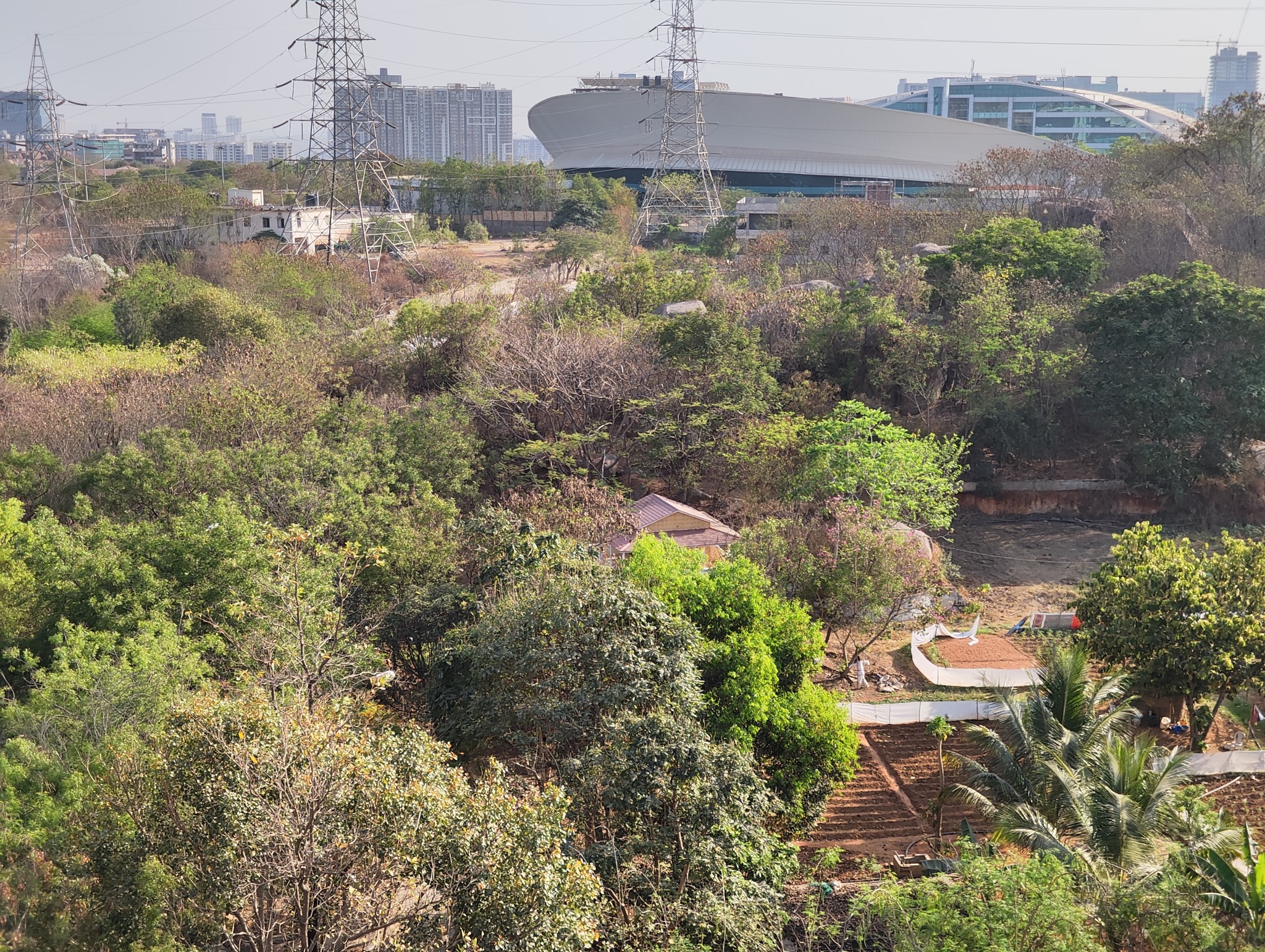

Right off the bat, it's easy to see that the Xiaomi 12 Pro takes better photos than its predecessor in any situation. Daylight shots have excellent dynamic range and accurate colors, with the AI-assisted scene optimizer doing a good job making adjustments on the fly.
The Xiaomi 12 Pro also fares incredibly well in demanding low-light situations, and it delivers photos with good colors, plenty of detail, and little to no noise levels.
But what's particularly interesting is just how fast the phone focuses — it instantly locks on to a subject — and Xiaomi has a new motion tracking mode that ensures it maintains focus even with a moving subject.
I was let down by the wide-angle lens on the Find X5 Pro, but the Xiaomi 12 Pro did a much better job in this area. The wide-angle shooter has the same color consistency as the main lens, and it does a great job in low-light and for videos as well.
The 50MP zoom lens is good for up to 5x, but anything beyond that ends up looking like a blotchy mess. Xiaomi could have done a little bit more here, but given that the 12 Pro is positioned against the Galaxy S22+, I'm guessing we'll see the Xiaomi 12 Ultra in a few months that has a better zoom lens.
Xiaomi made a lot of headway with its cameras over the last 18 months, but so have its rivals. That said, the Xiaomi 12 Pro manages to hold its ground against the best Android phones, delivering photos with great dynamic range, vibrant colors, and minimal noise levels in just about any lighting scenario.
Xiaomi 12 Pro: Software
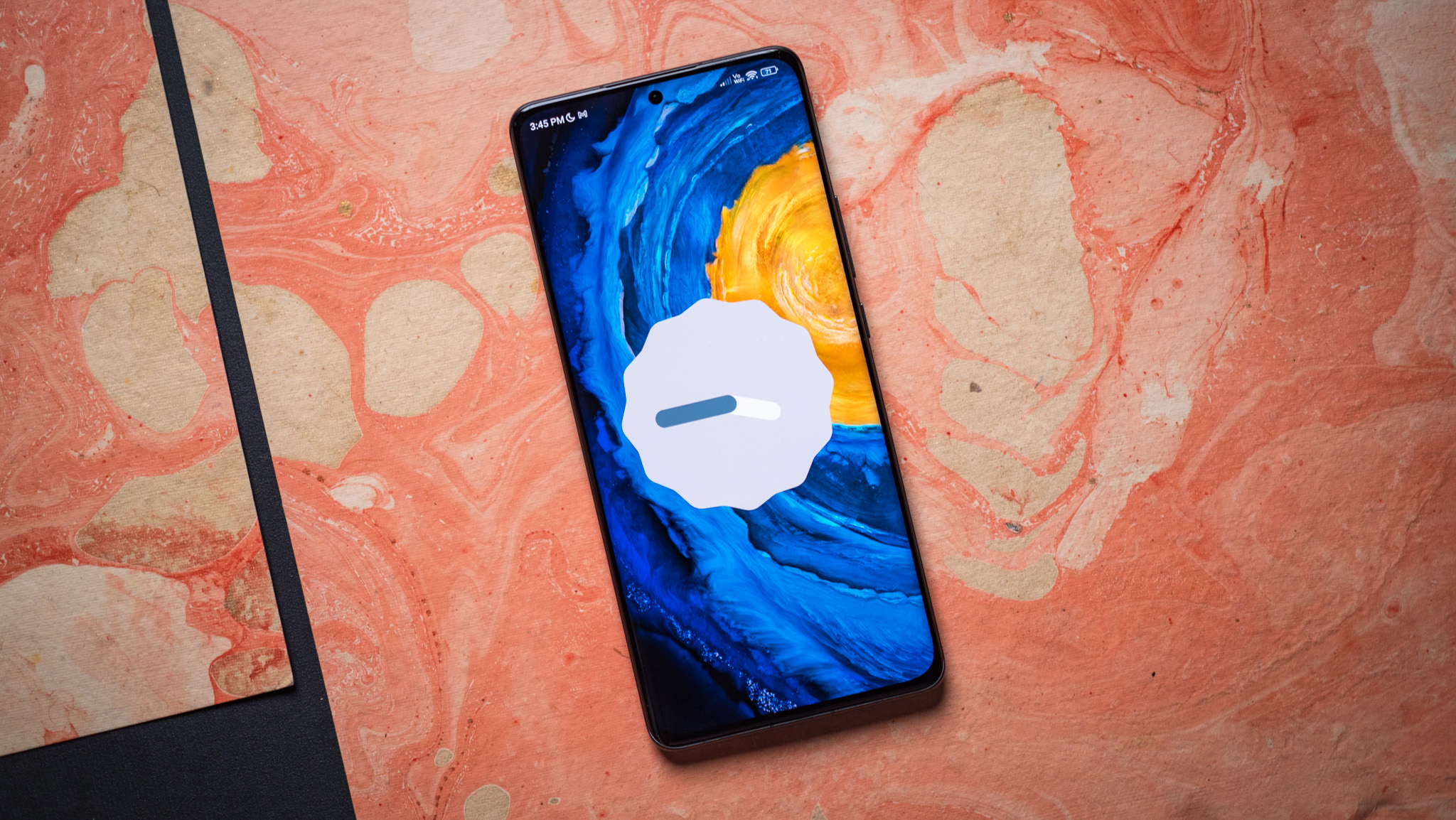
I used all versions of MIUI going back to MIUI 5, and it has been illuminating to see Xiaomi's interface evolve over the years. The Chinese brand paid close attention to user feedback in the initial years, and that drove a lot of feature additions in MIUI. That stance has changed in recent years as Xiaomi started gaining momentum in global markets, but MIUI continues to be clean and highly customizable.
Xiaomi's focus with the last two versions of MIUI was to declutter the interface, reduce bloatware, and get rid of ads (at least on its flagships), and the result is that MIUI 13 on the Xiaomi 12 Pro is clean, modern, and bloat-free. The phone runs Android 12 out of the box and is guaranteed to get three Android OS updates along with four years of security updates.
MIUI 13 is clean and bloat-free, but it doesn't have many new features.
MIUI 13 includes better storage management, efficient background use, and other under the hood tweaks to make it less resource-intensive. Customizability has been a core tenet of MIUI from the beginning, and you can change every facet of the UI with ease.
Dual Apps continues to be one of my favorite features. The mode lets you set up a separate instance of an app, and while Samsung has a similar feature in Dual Messenger, it only works with limited apps.
MIUI had a privacy dashboard before Google introduced the feature in Android 12, so you'll find two instances of it within MIUI 13: Xiaomi's version in the Privacy protection section, and the default Android 12 version within Privacy.
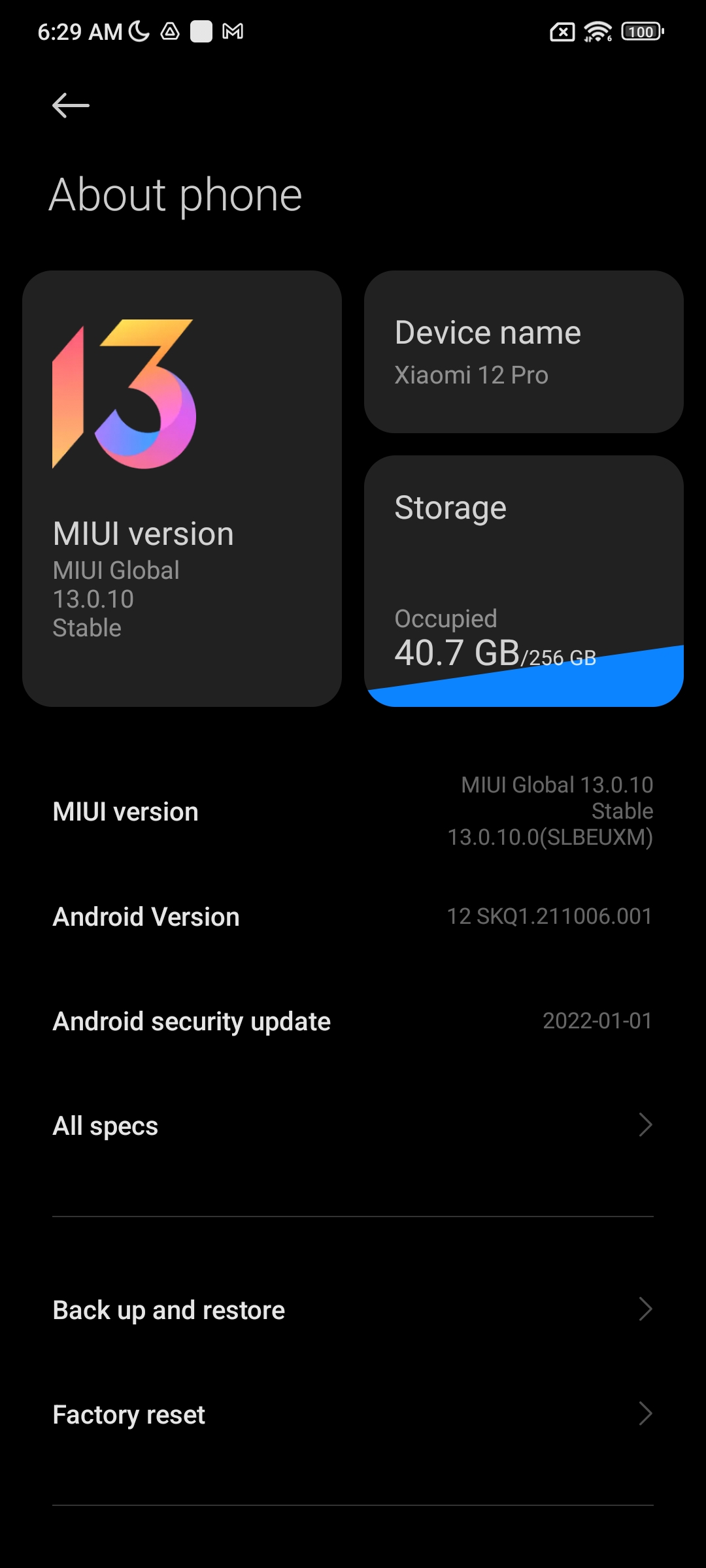
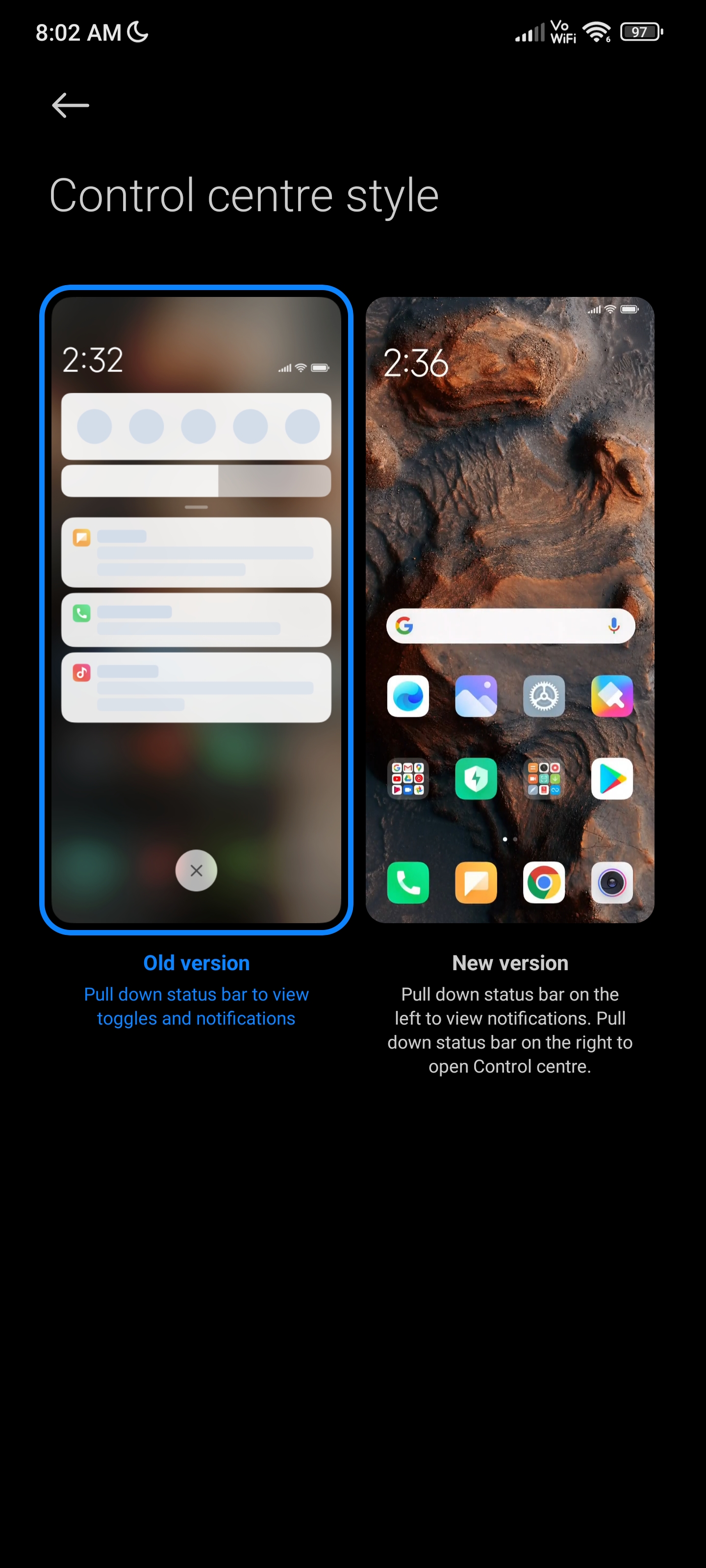
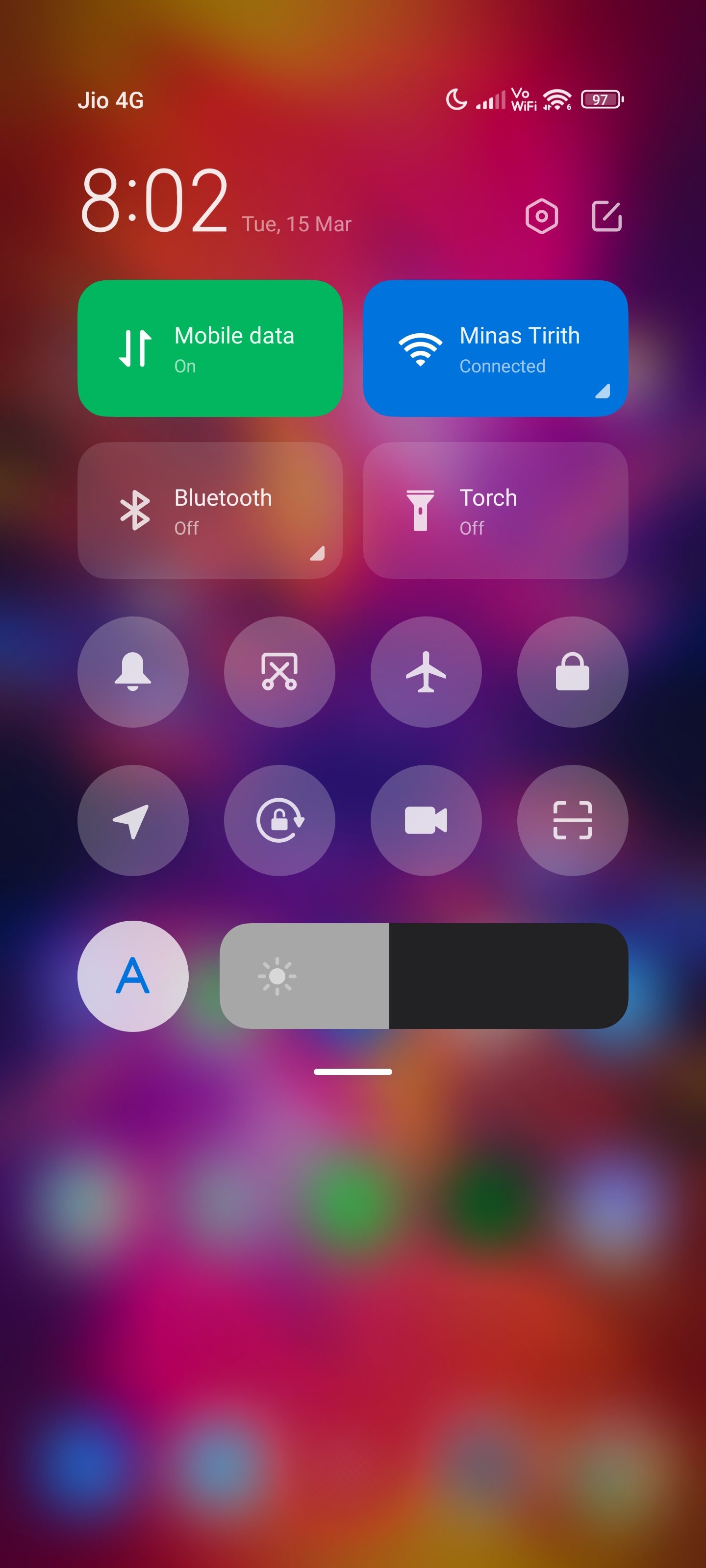
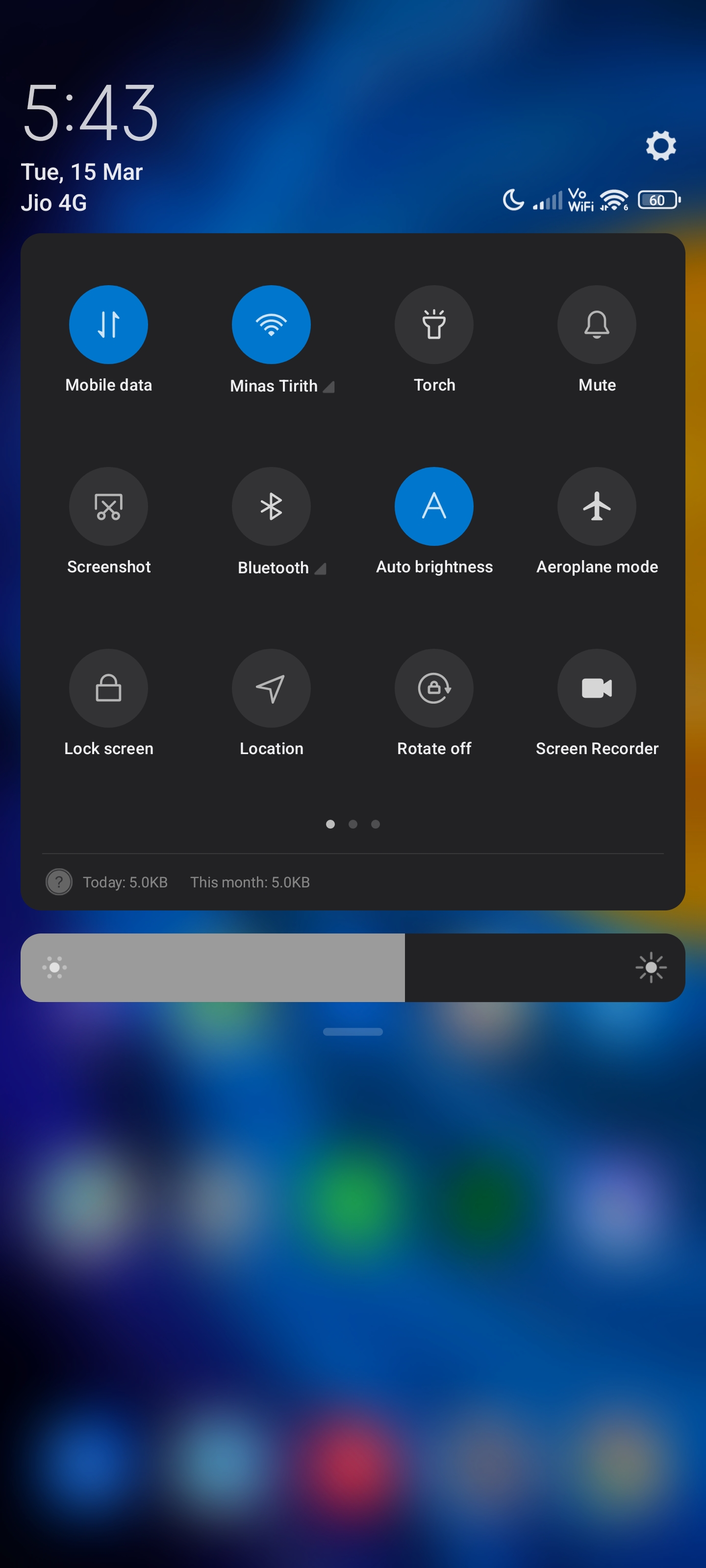
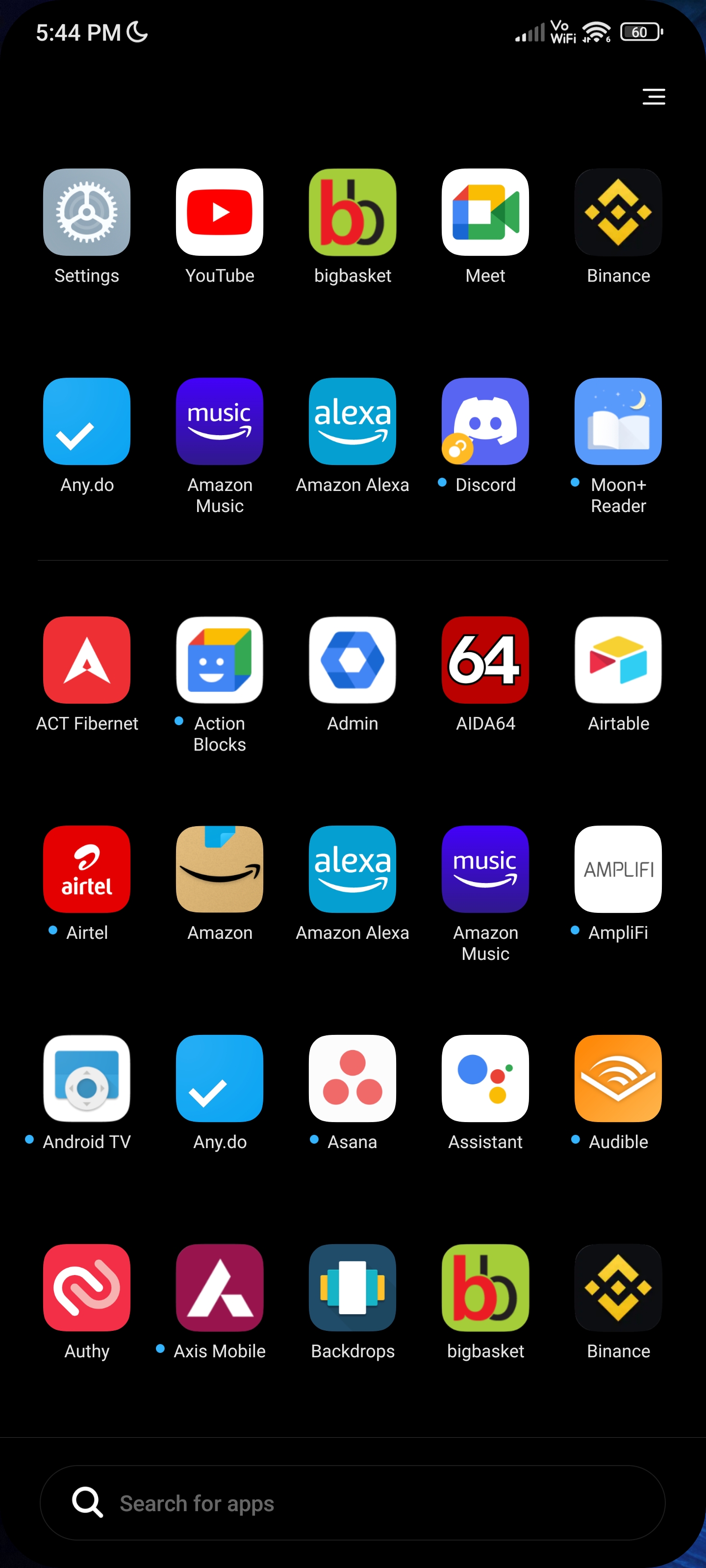
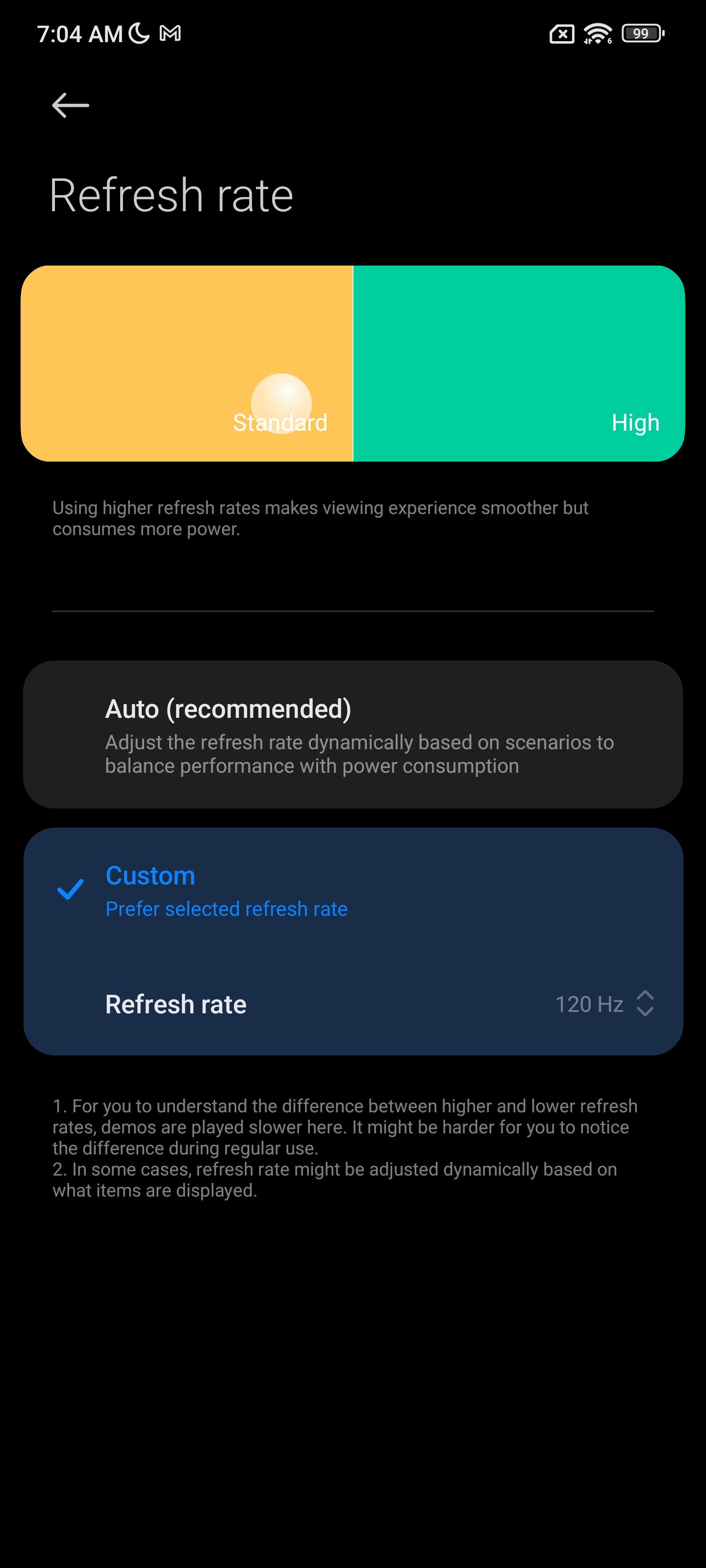
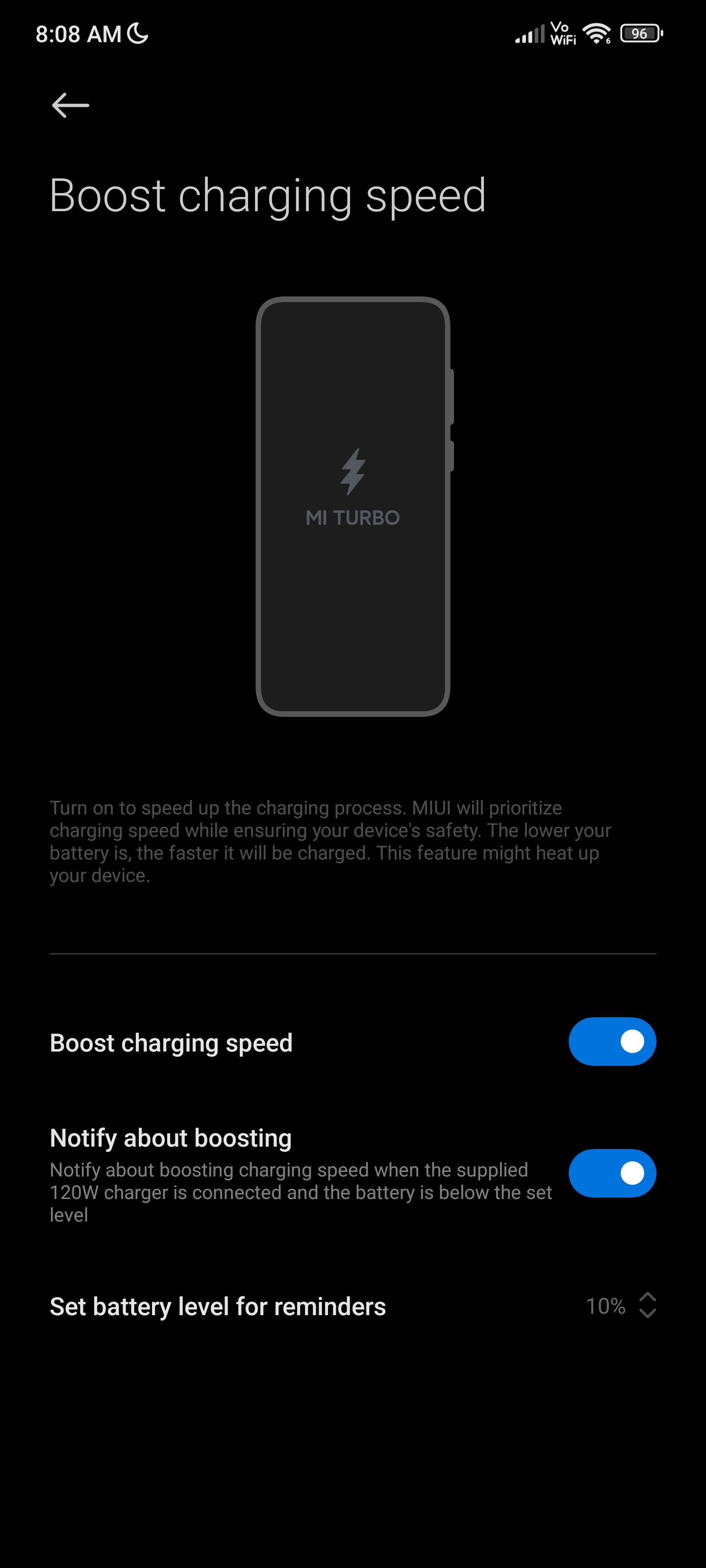
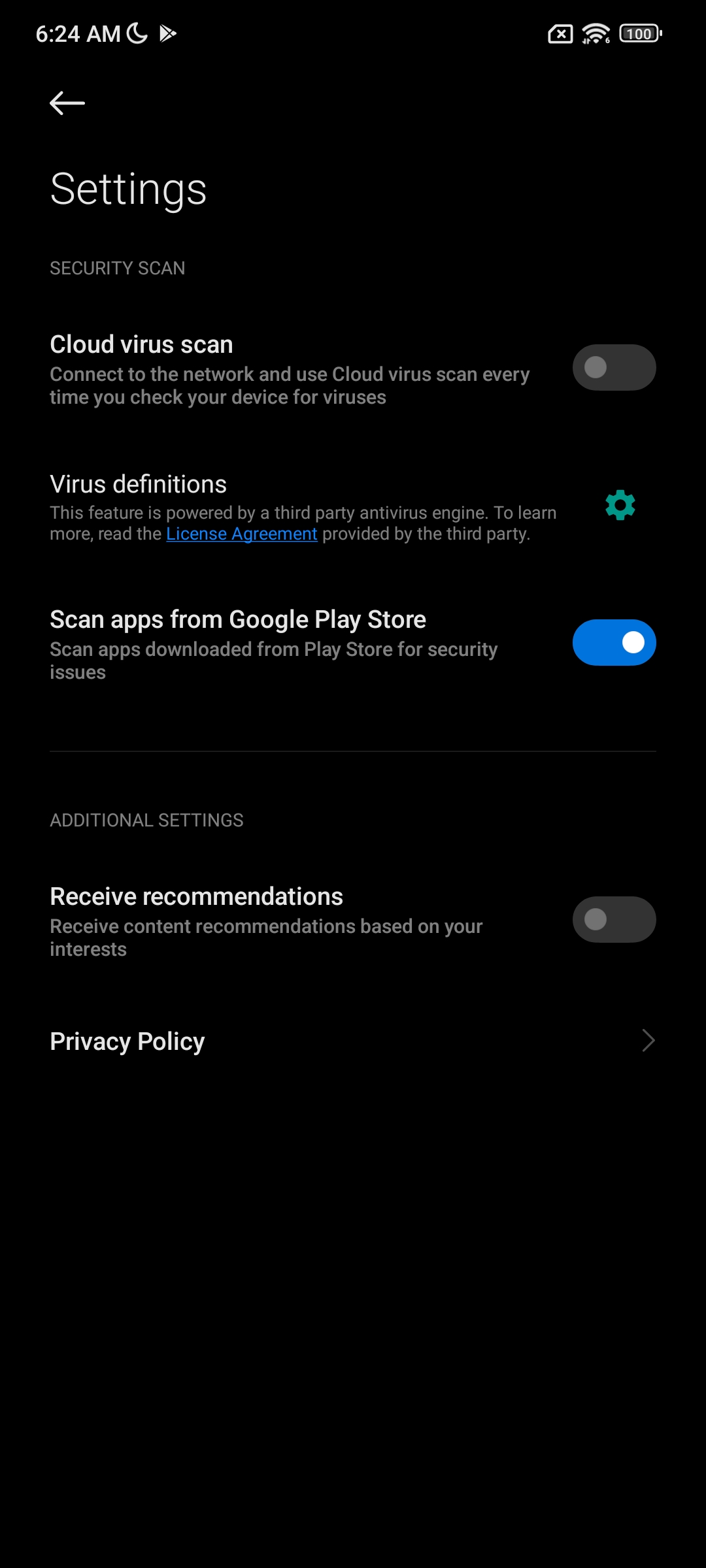
Other features include a sidebar akin to Edge Panels on One UI 4, floating windows that can be resized to fit anywhere on the screen, a Lite mode if you don't want the full slate of MIUI features, and a one-handed mode that's intuitive to use. And there's even the option to measure your heart rate by resting your finger on the in-screen fingerprint reader.
Overall, I like where Xiaomi is going with MIUI, but the interface isn't without its issues. Xiaomi offers a lot of the same features that are baked into Android, such as the security advisor. Google's Play Protect does a great job scanning apps downloaded from the Play Store, but because Xiaomi has its own service in China (where there's no Play Store), it enables the feature even on its global devices when there's no need for it.
We haven't seen many new features in MIUI 13 either, with Xiaomi instead focusing on cleaning up the interface. That's not a bad thing, but the result is that ColorOS has more exhaustive customization options, and switching between the Find X5 Pro and the Xiaomi 12 Pro, I get the distinct feeling that Xiaomi is on the backfoot here.
Another area where Xiaomi is behind its rivals is software updates; it hasn't done a great job rolling out the Android 12 update to its 2021 flagships, and that's something Xiaomi needs to look into if it wants to challenge Samsung.
Xiaomi 12 Pro: The competition
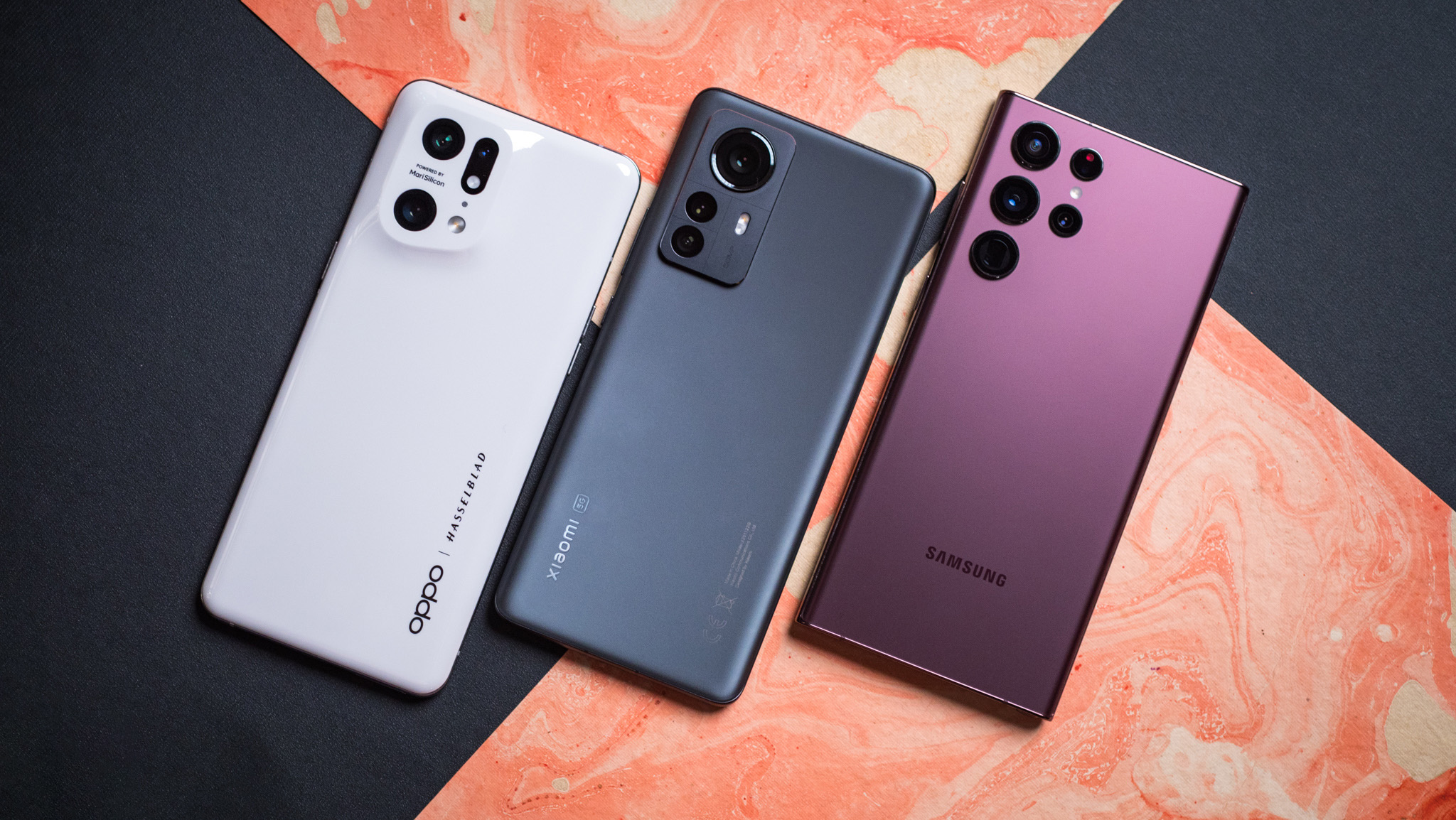
If you want a flagship in 2022, you'll want to take a look at the Galaxy S22+. Sure, it doesn't have cameras of the same caliber as the Xiaomi 12 Pro, it charges at just 45W, and you get an FHD+ 120Hz AMOLED panel, but as an overall package, it gets a lot right. For one thing, Samsung is the outright leader when it comes to software updates on Android. It's also the familiarity and cachet that give Samsung the edge here.
The Find X5 Pro is a direct rival of the Xiaomi 12 Pro, offering a QHD+ AMOLED panel with 120Hz refresh and dynamic scaling, the same internal hardware, standout cameras, and 80W wired along with 50W wireless charging. Both phones have a lot of similarities, run Android 12 out of the box, and will get the same number of updates.
I like the cameras on the Xiaomi 12 Pro a little bit more — the Find X5 Pro needs better tuning — and there's also the fact that Xiaomi's offering costs less. But then again, if you want all the extras like IP68 protection, the Find X5 Pro is the way to go.
Should you buy it?
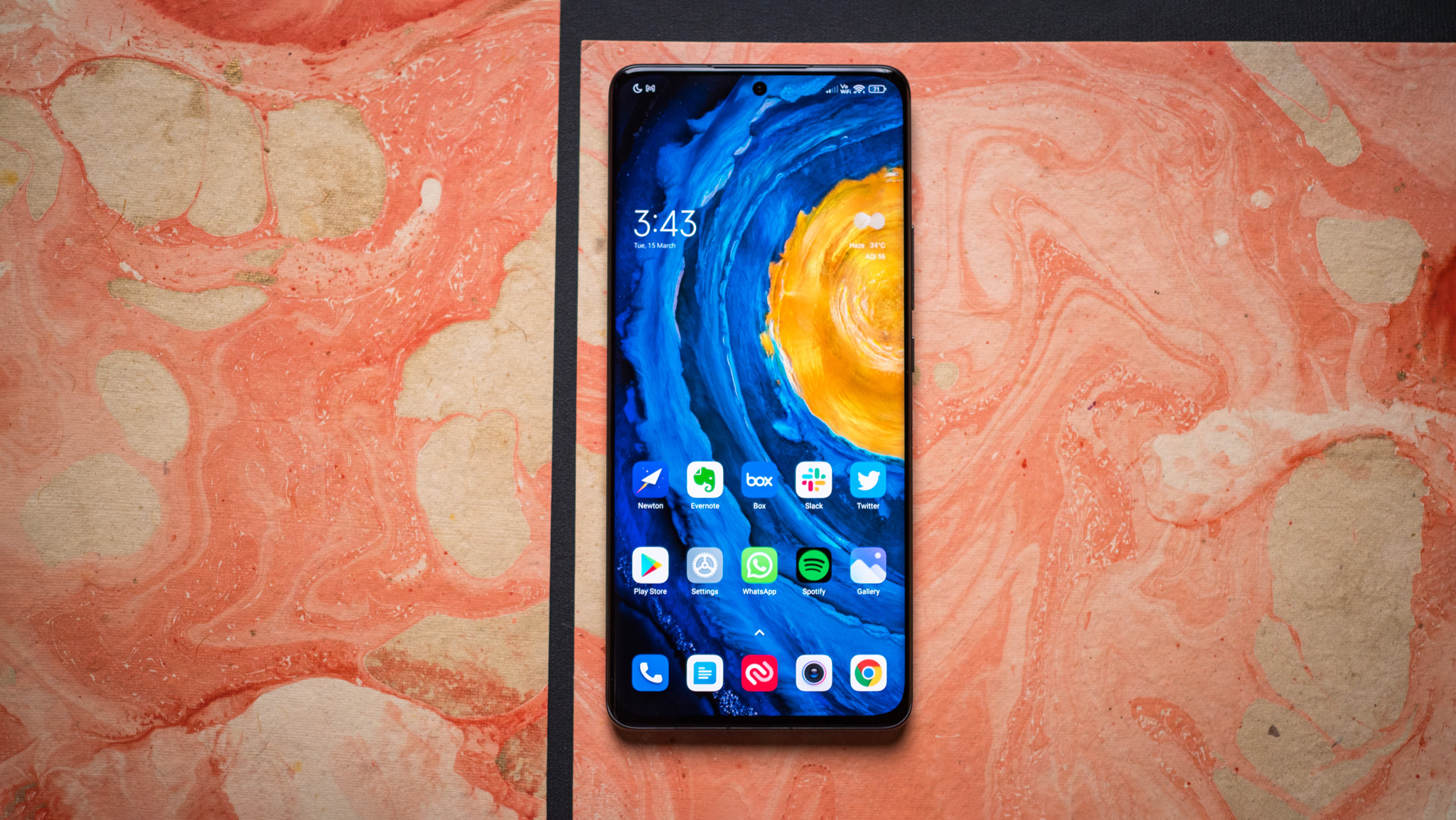
You should buy this if:
- You want a sleek phone with the latest hardware
- You need a phone with a high-quality AMOLED screen and dynamic refresh
- You're looking for a phone that takes fabulous photos in any scenario
- You want fast wired and wireless charging
- You need a phone with the latest version of Android out of the box
You shouldn't buy this if:
- You want a phone with IP68 dust and water resistance
- You need timely software updates
Xiaomi didn't release the Mi 11 Pro outside China last year, and I'm glad the brand had a rethink this year. The Xiaomi 12 Pro has a bold design, spectacular AMOLED screen with dynamic scaling, the latest internal hardware with 256GB of storage as standard, and versatile cameras that take outstanding photos in just about any situation.
There's a lot to like on the software side of things as well; the Xiaomi 12 Pro runs MIUI 13 based on Android 12, the interface is clean, bloat-free, and with plenty of customizability. Xiaomi will deliver three Android OS updates and four years of security updates to the phone, and while that's less than what Samsung is offering, it is on par with the brand's immediate rivals.
And then there's 120W wired and 50W wireless charging, with the Xiaomi 12 Pro managing to outmatch the Find X5 Pro and Galaxy S22+ in this area. The only shortcoming that I can think of is the lack of water resistance; if you don't care about that, the Xiaomi 12 Pro is a great choice for a flagship in 2022 — provided you're in a country where it's officially available.

Harish Jonnalagadda is Android Central's Senior Editor overseeing mobile coverage. In his current role, he leads the site's coverage of Chinese phone brands, networking products, and AV gear. He has been testing phones for over a decade, and has extensive experience in mobile hardware and the global semiconductor industry. Contact him on Twitter at @chunkynerd.
